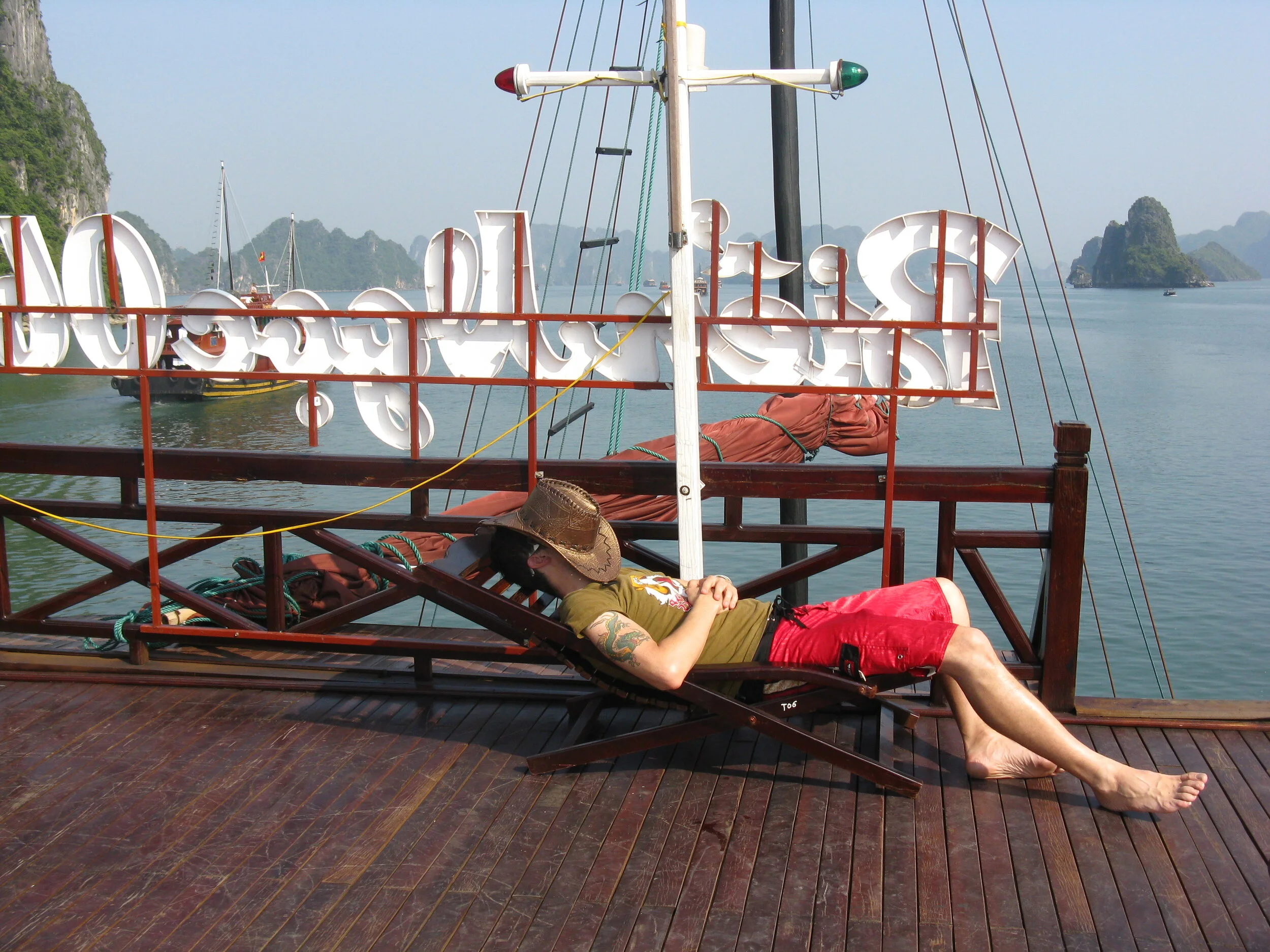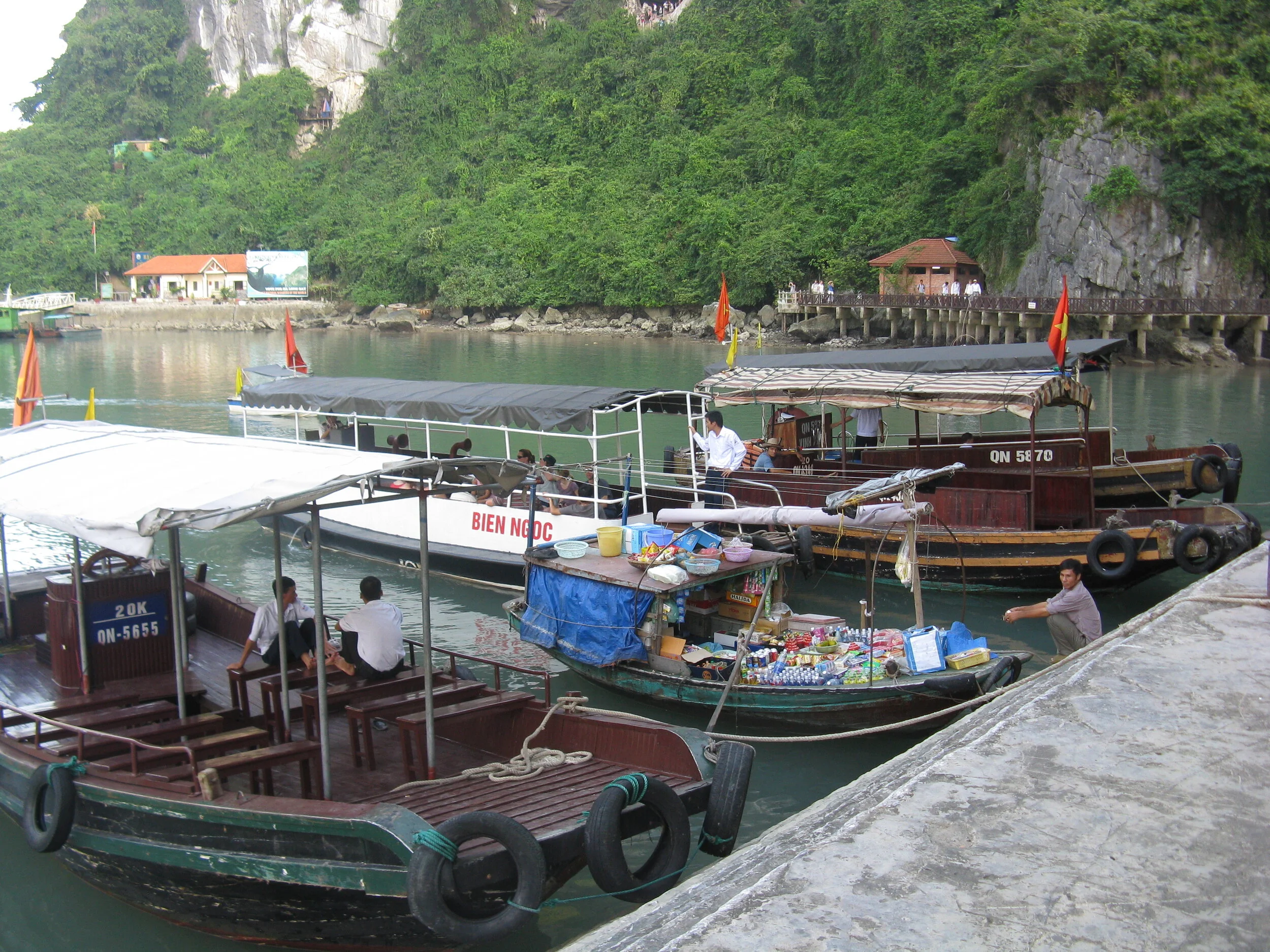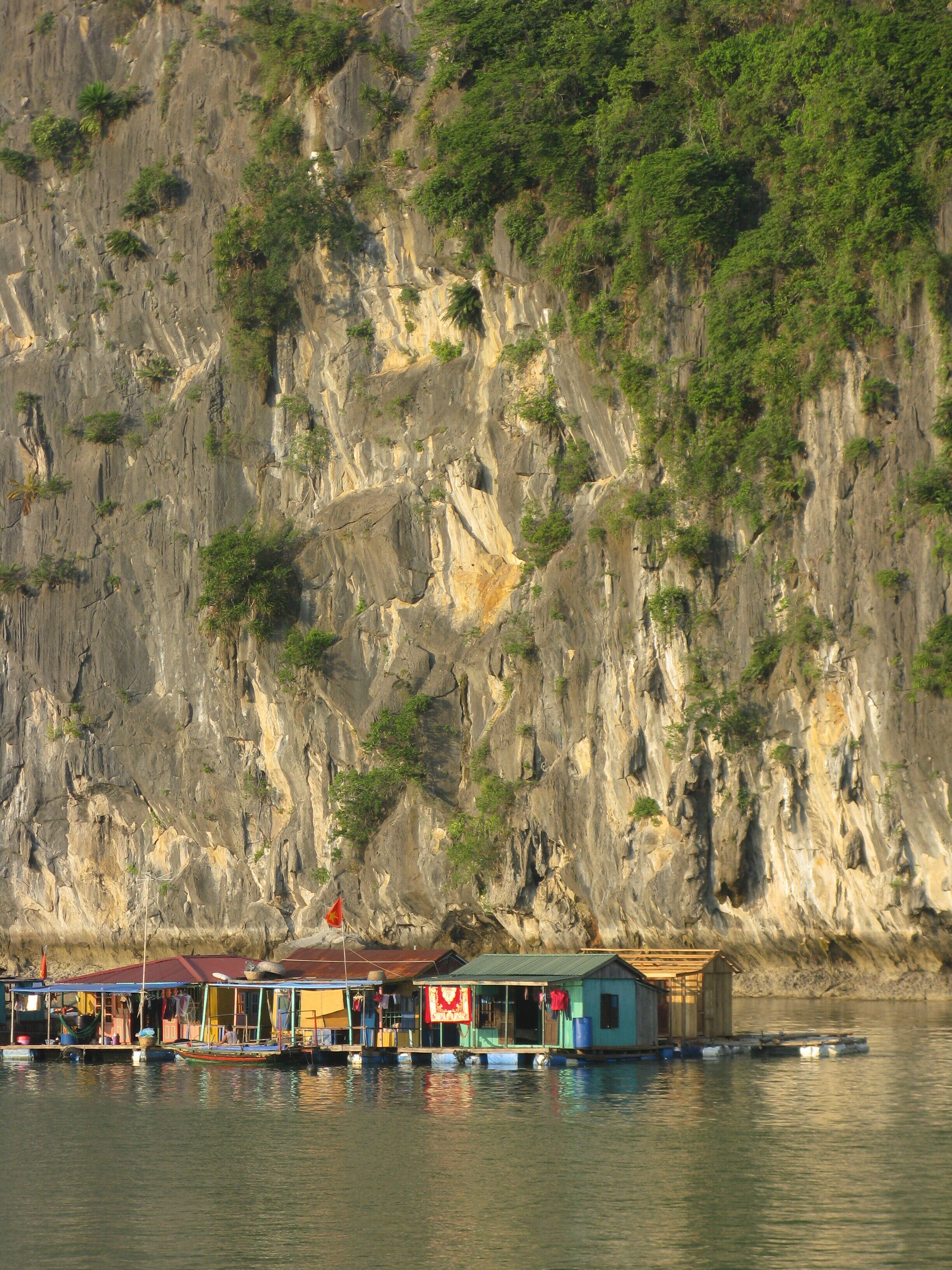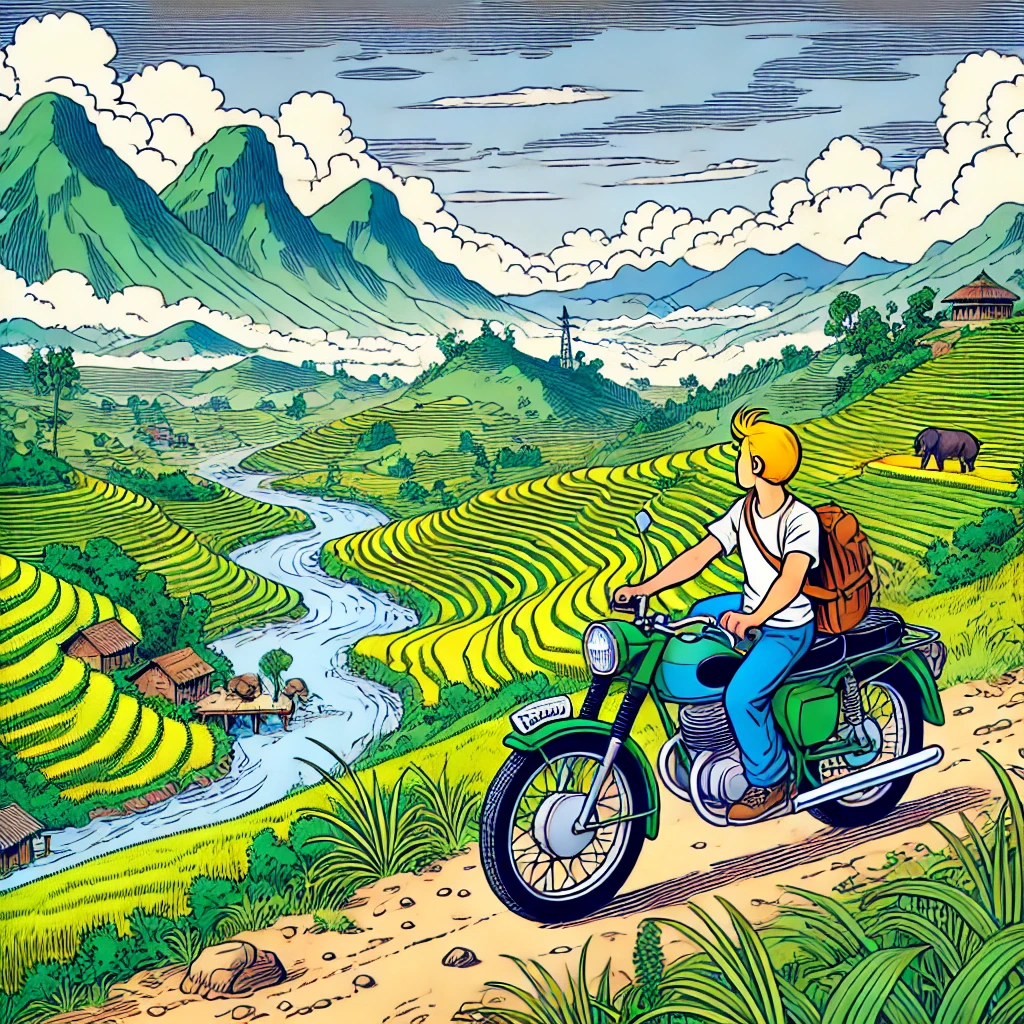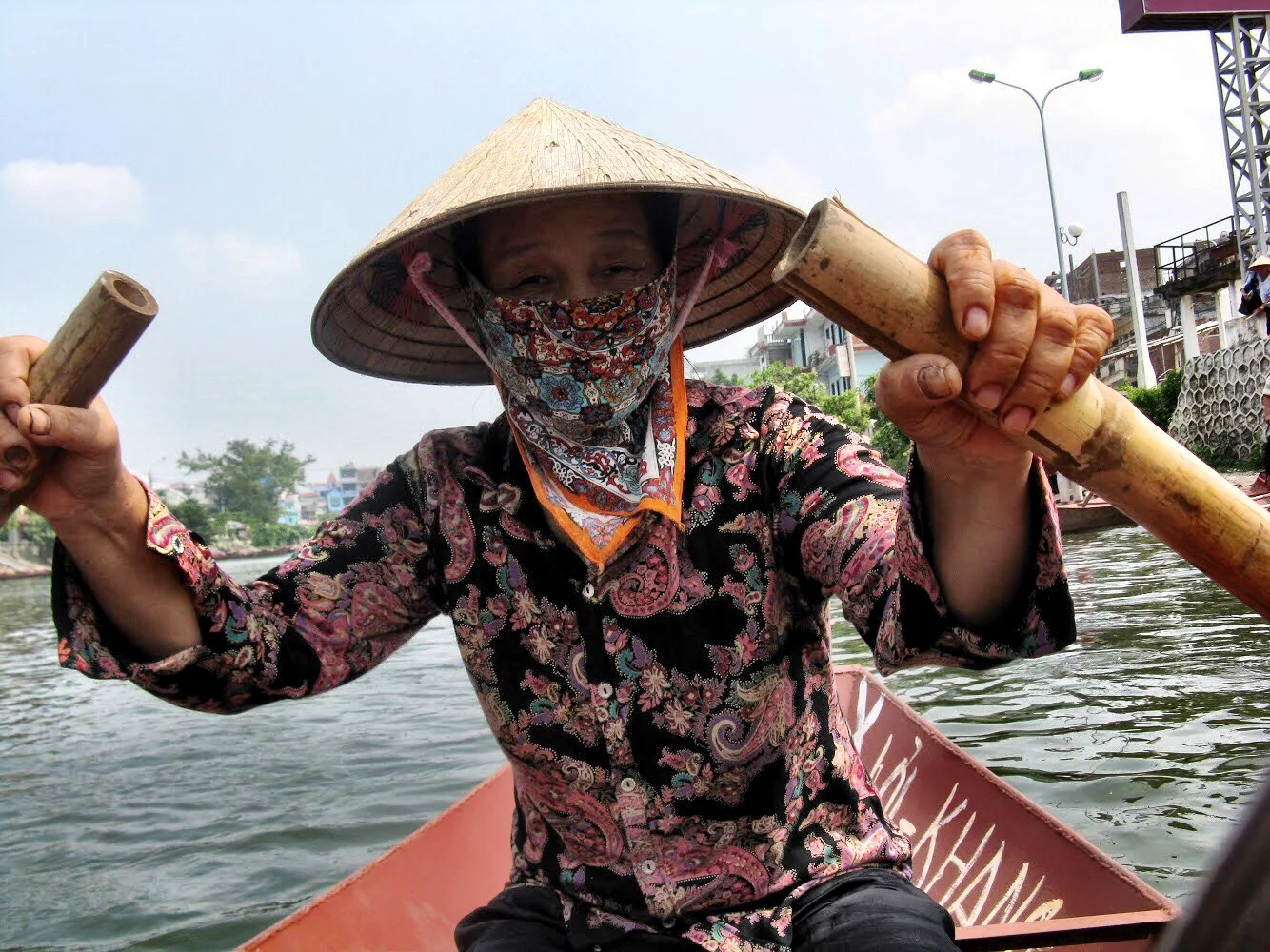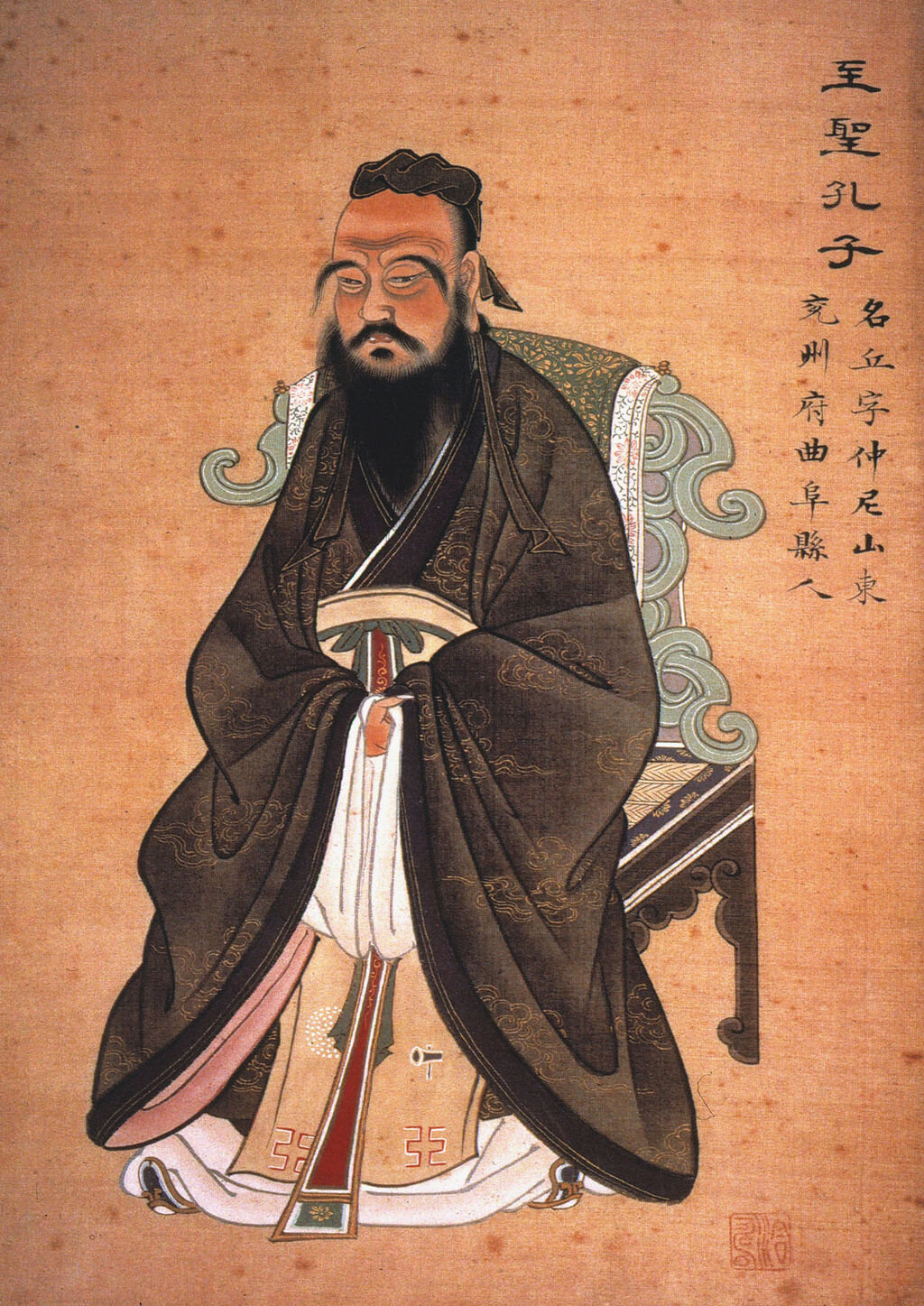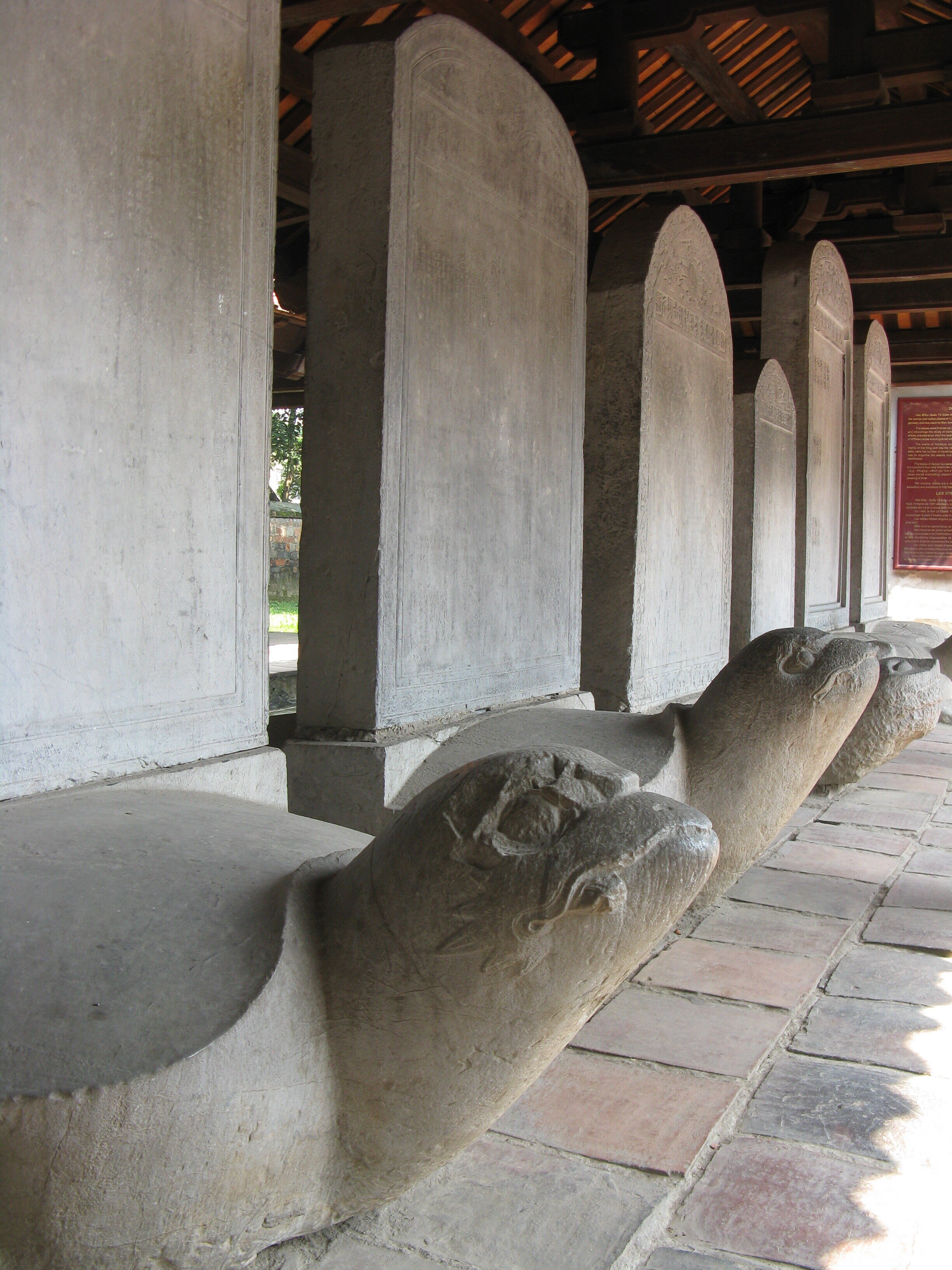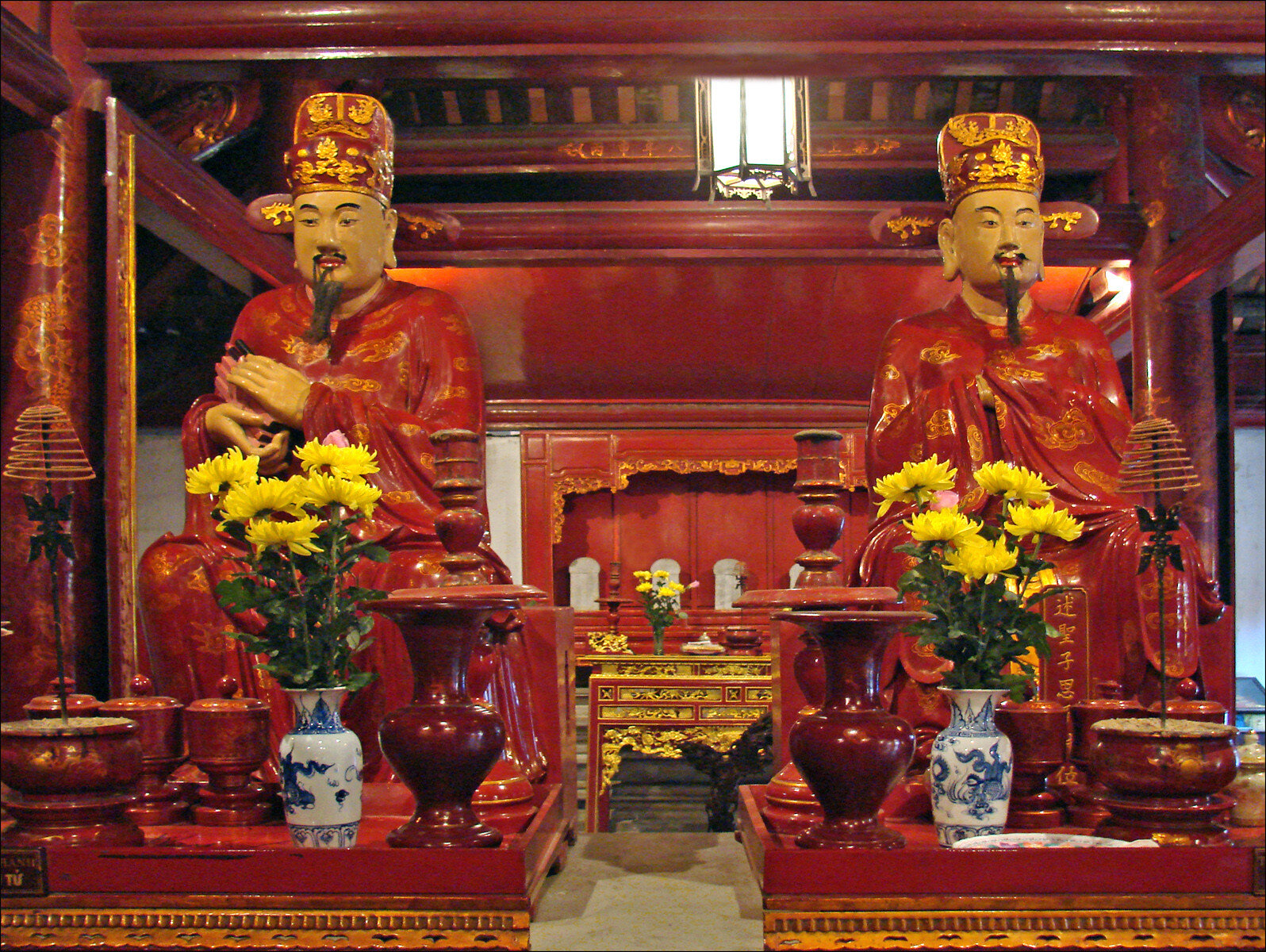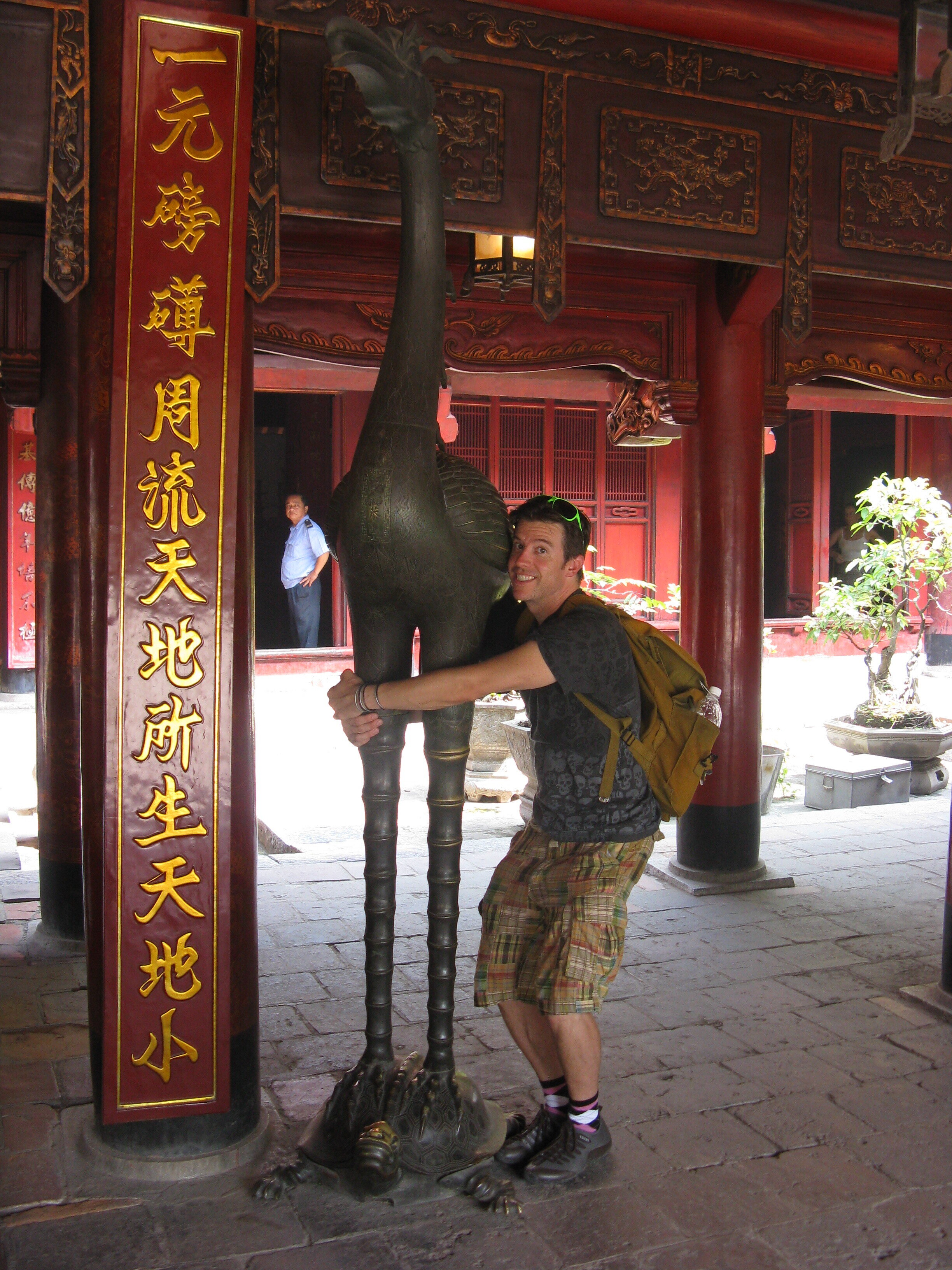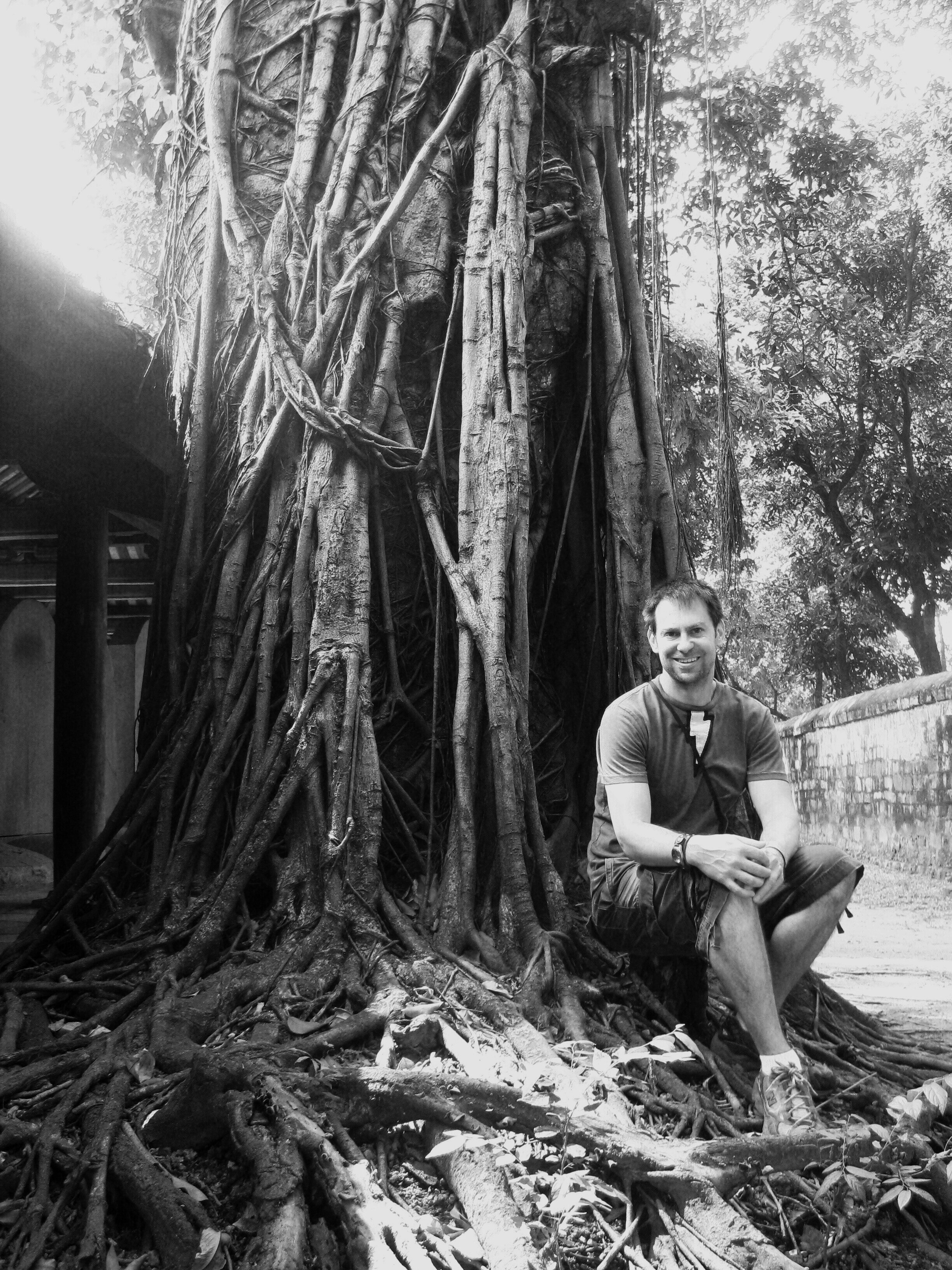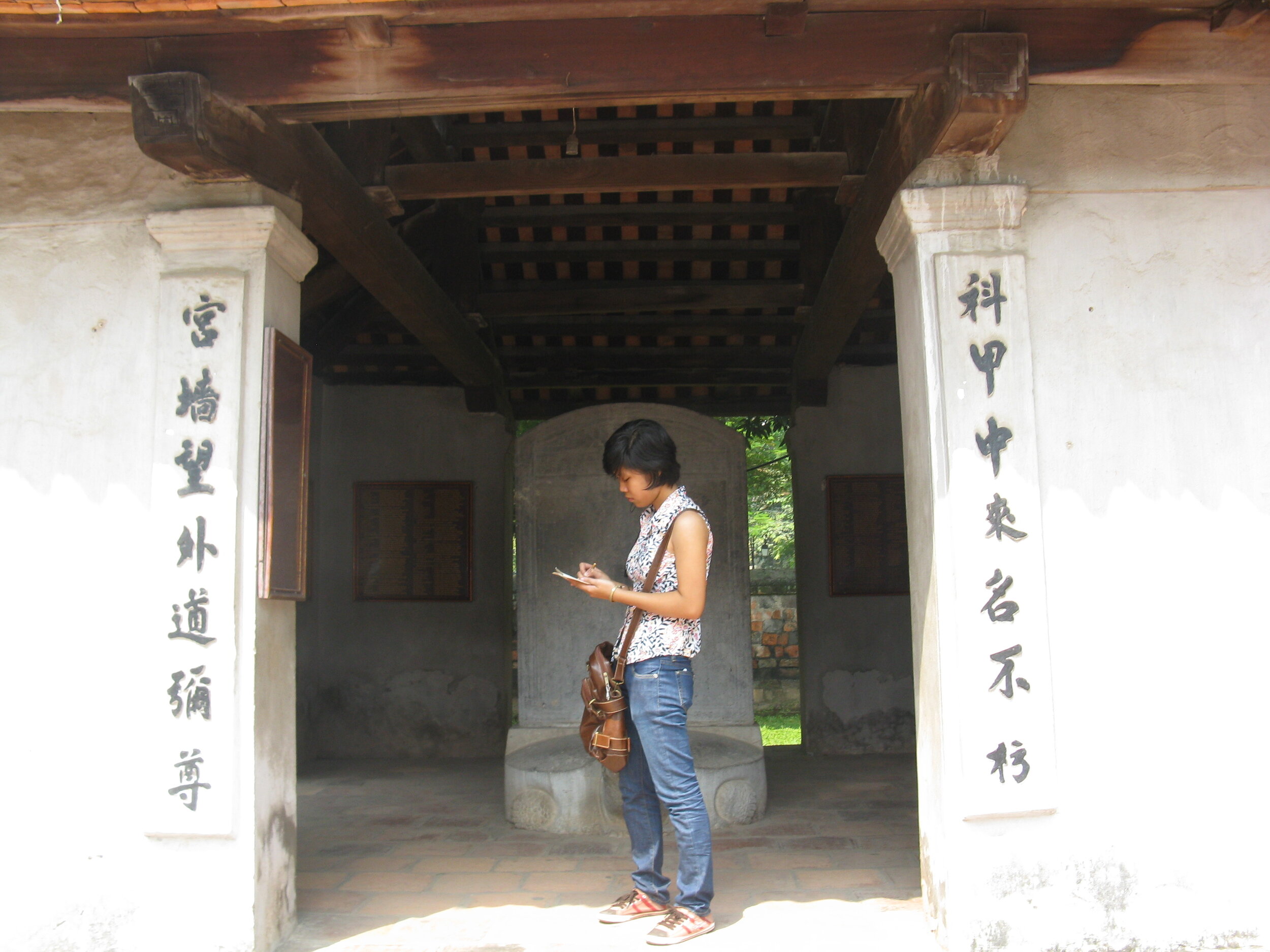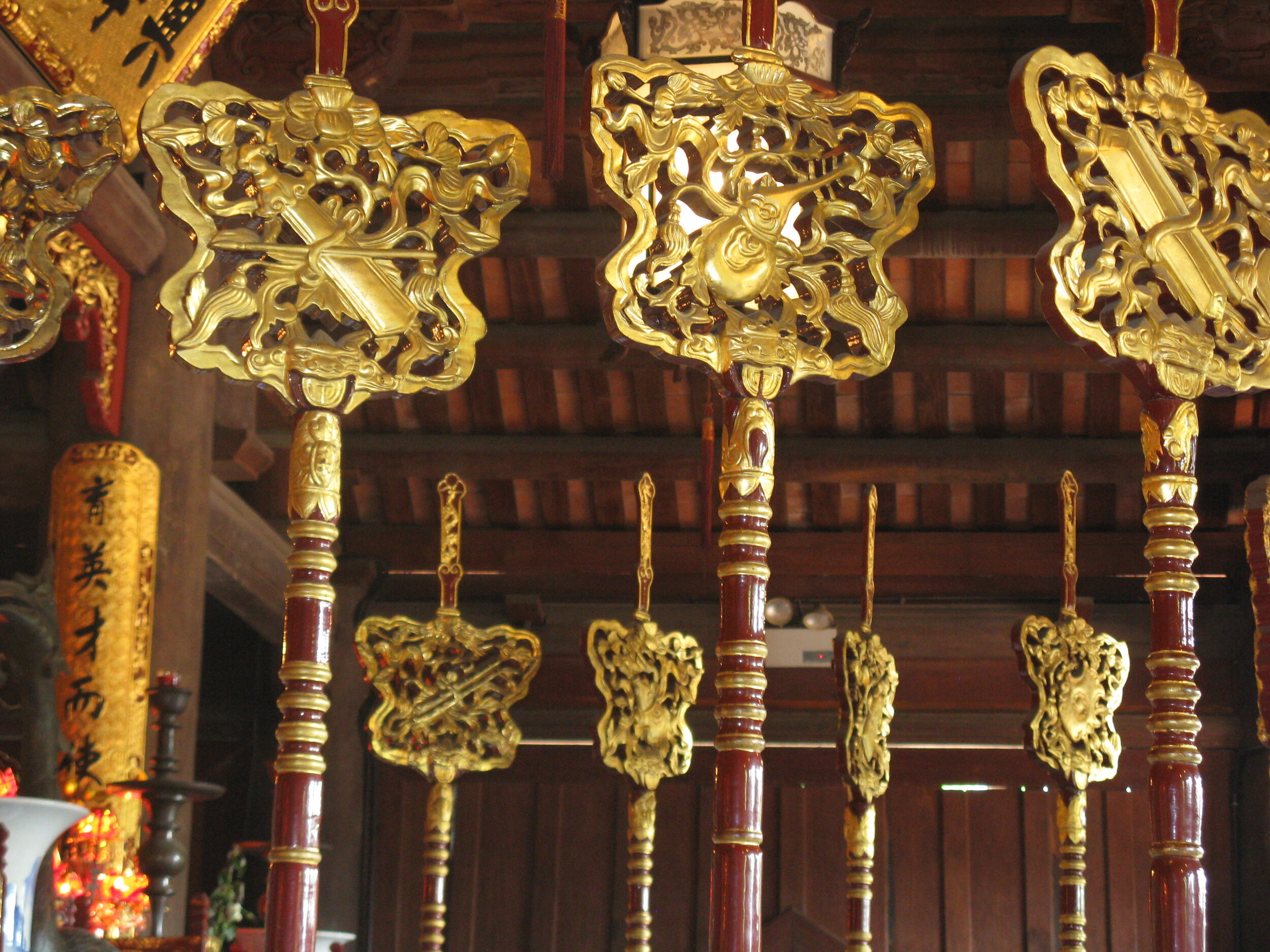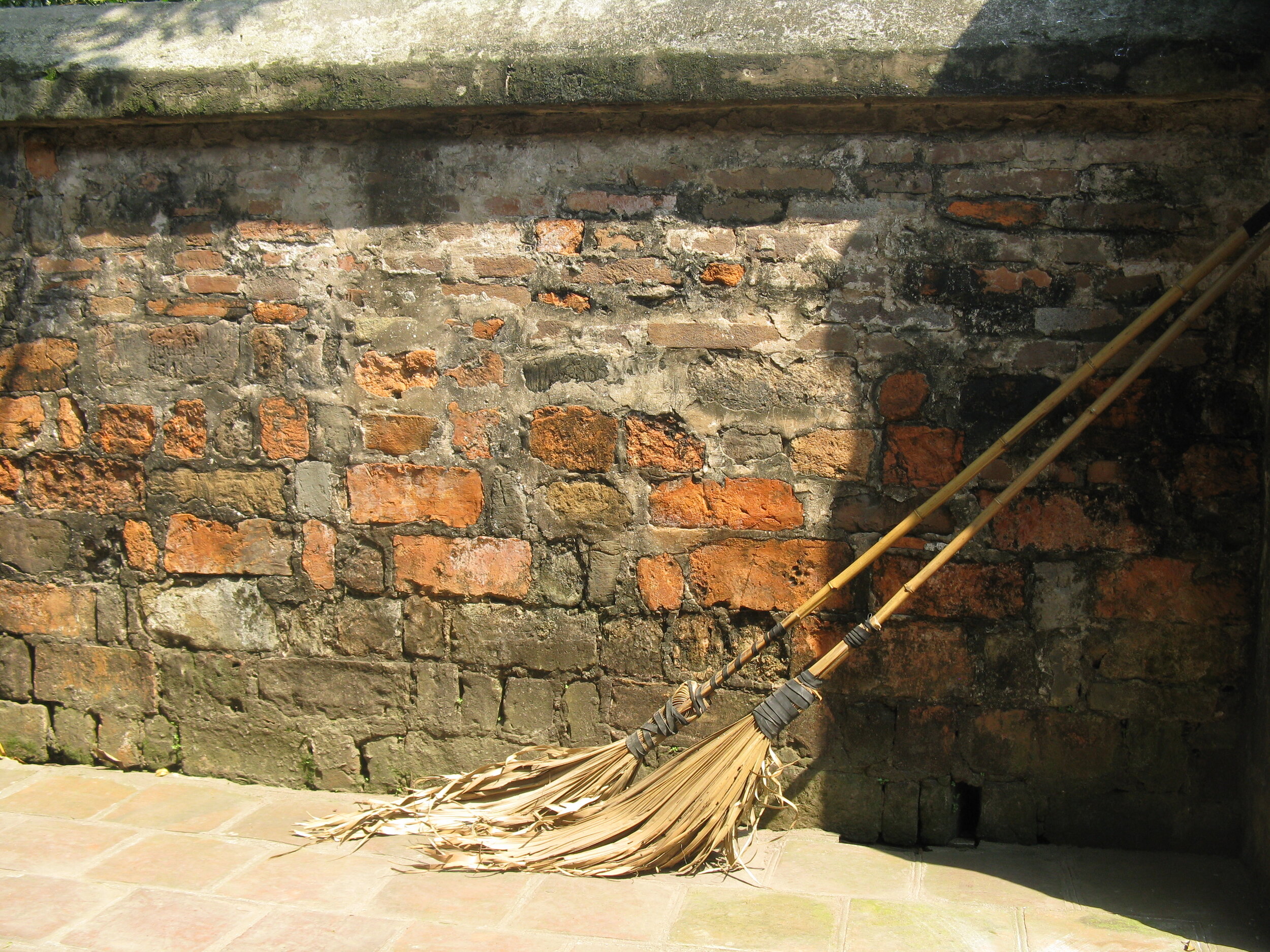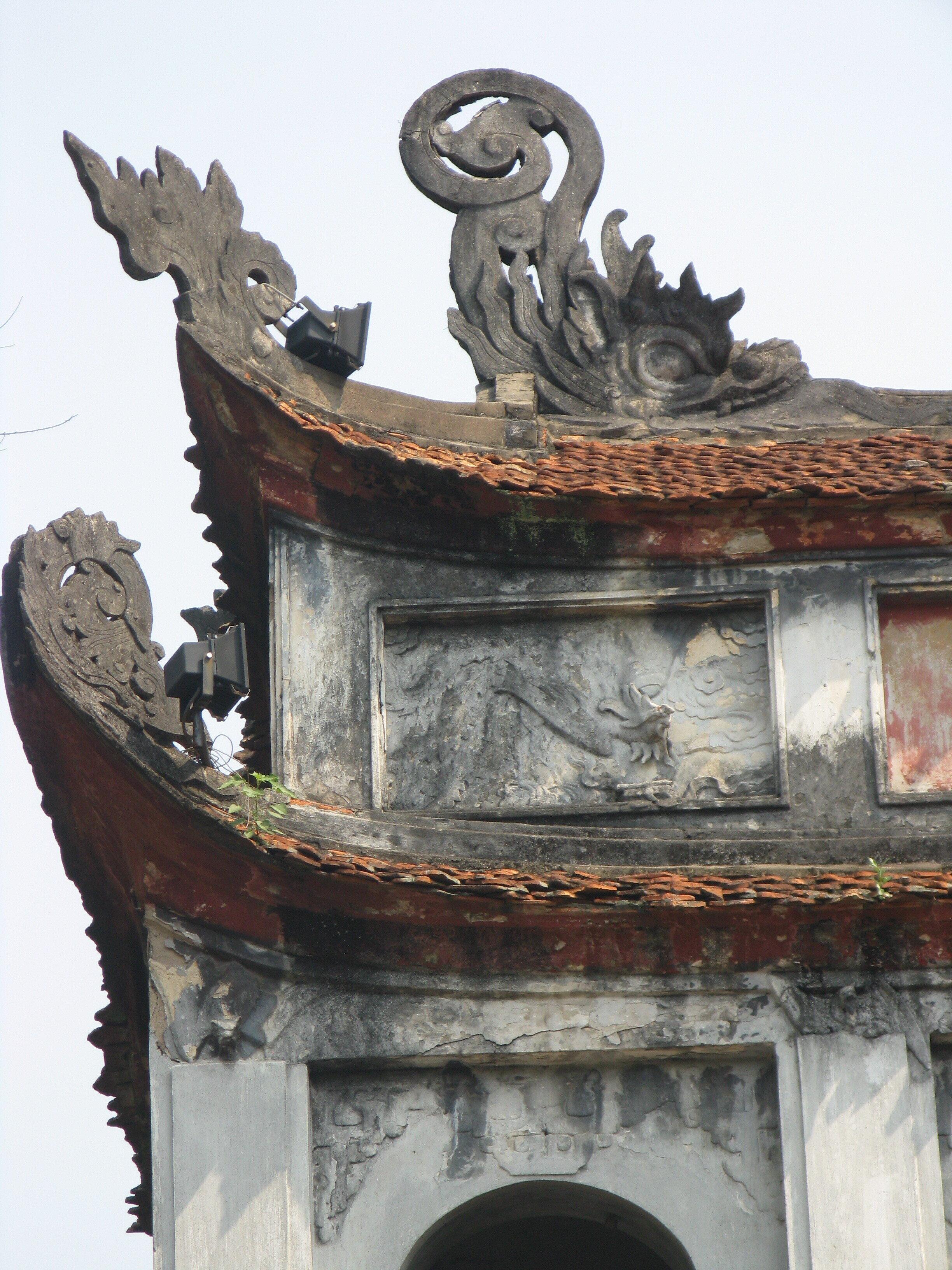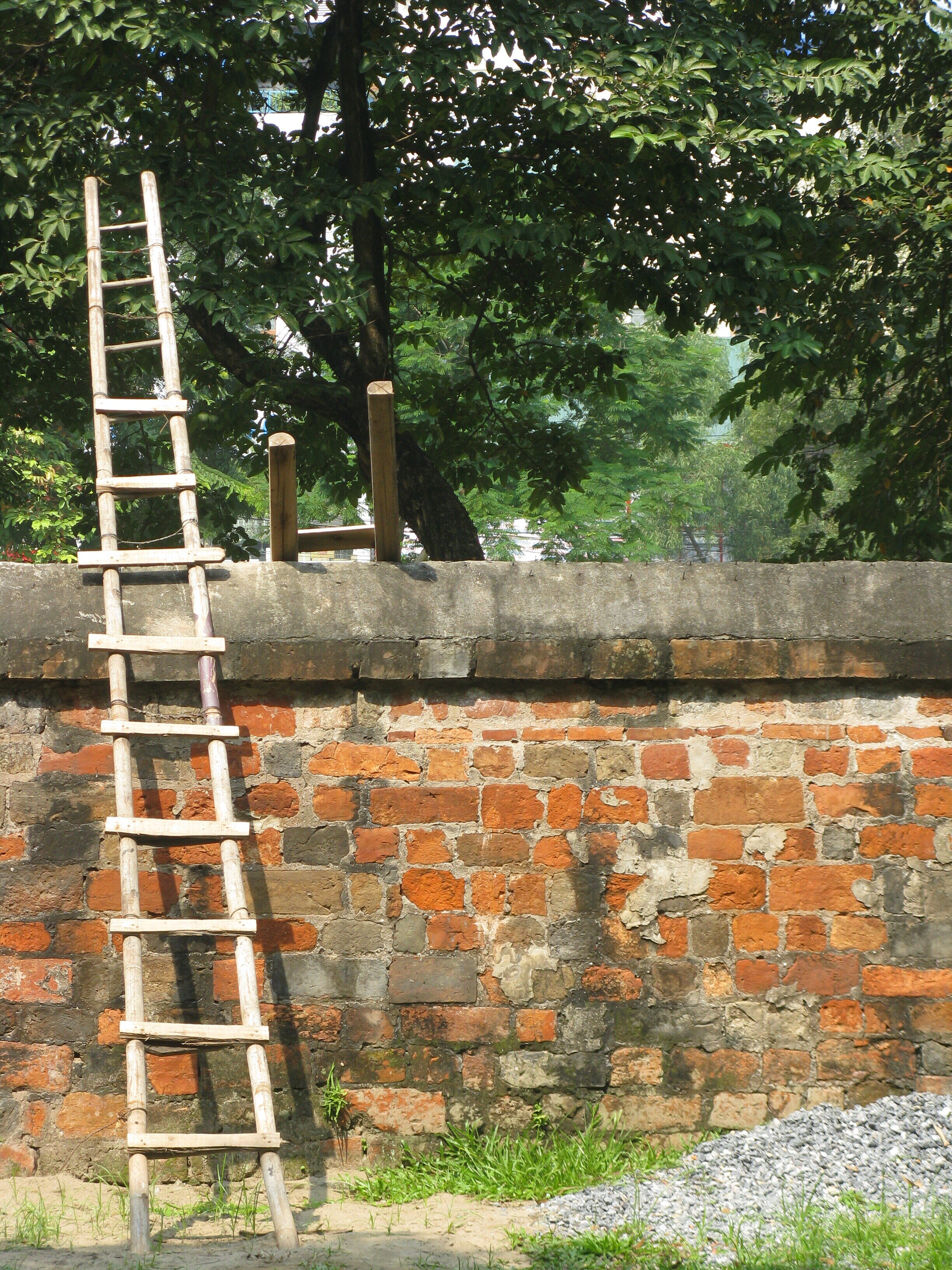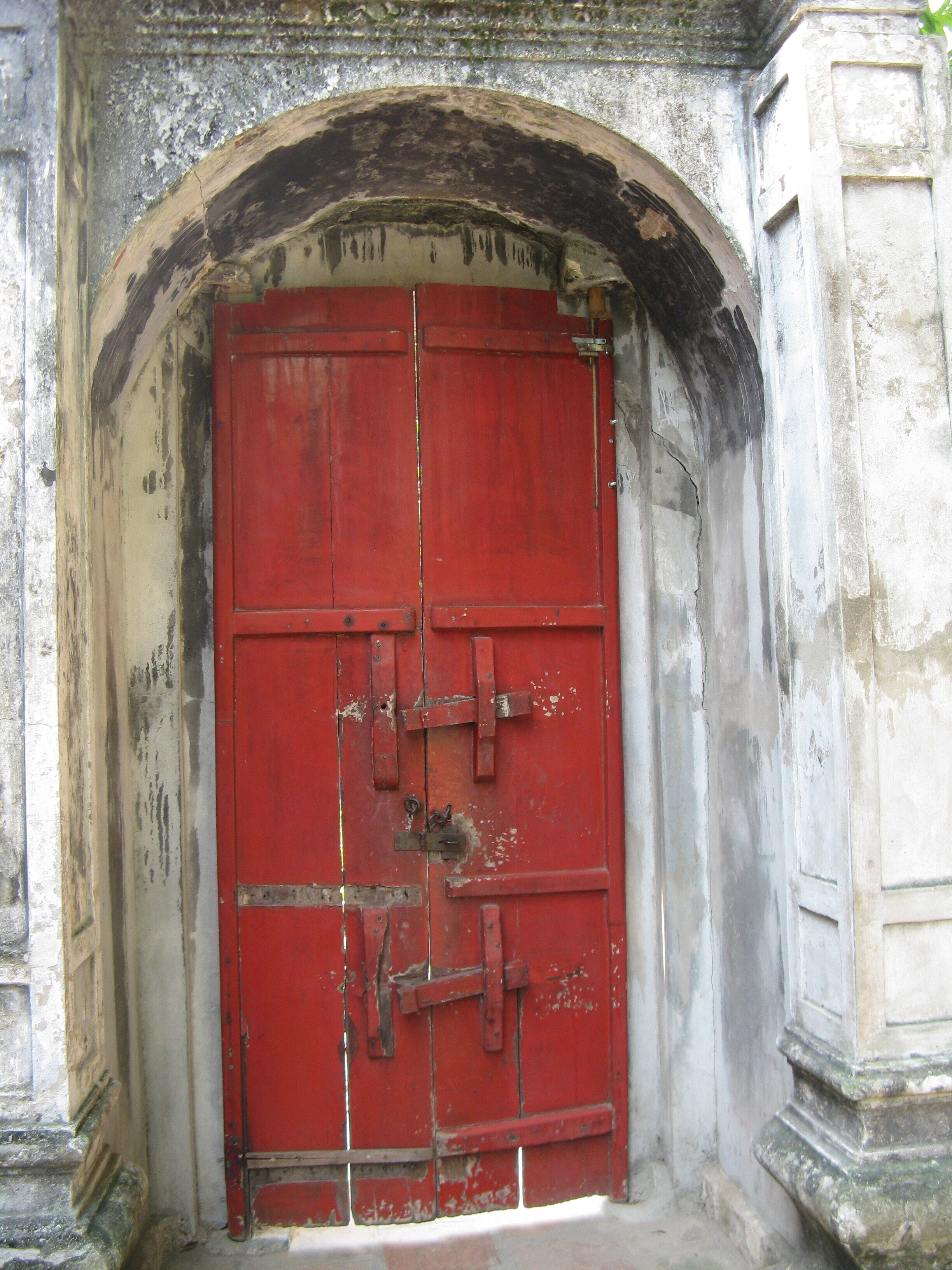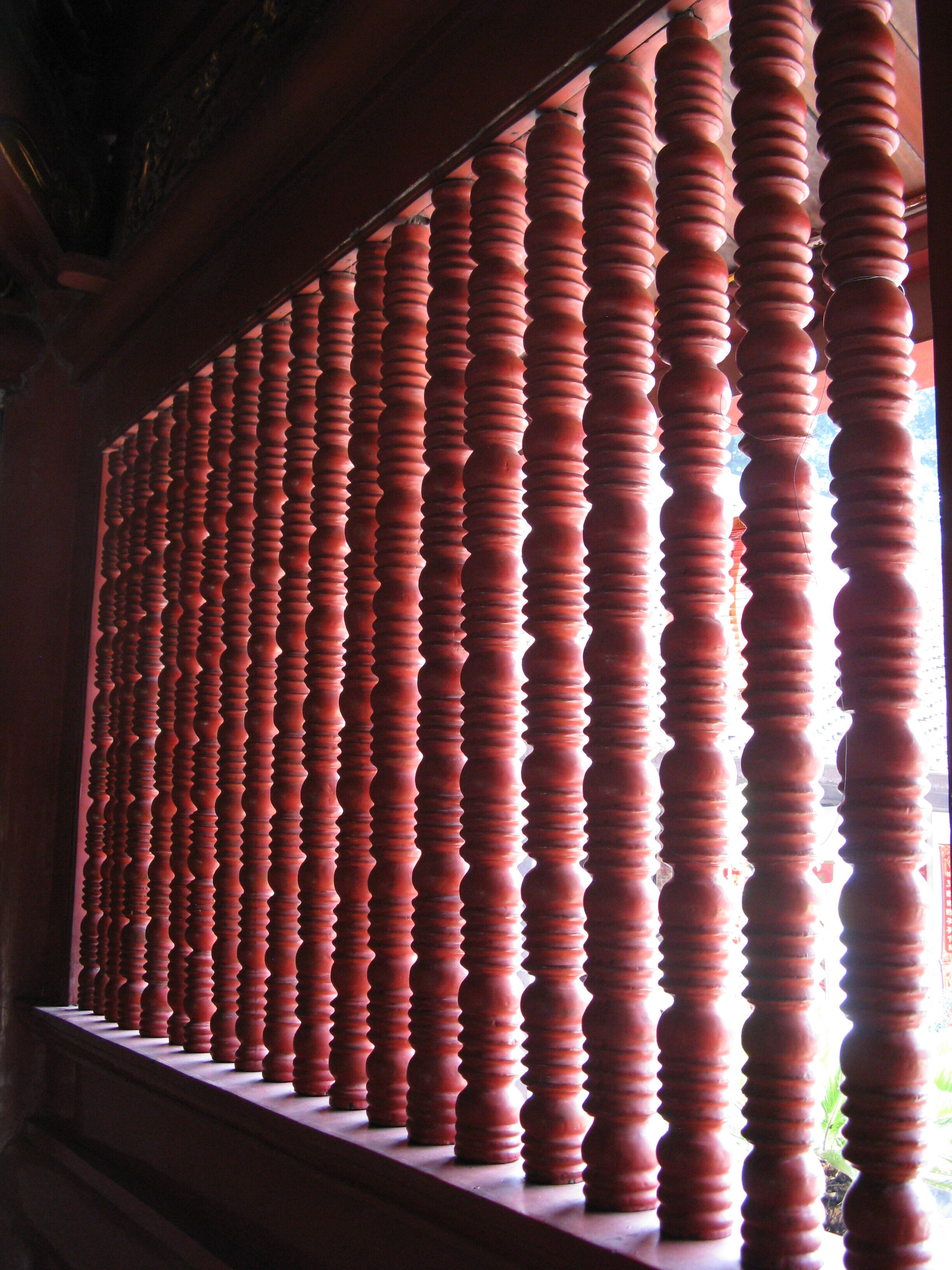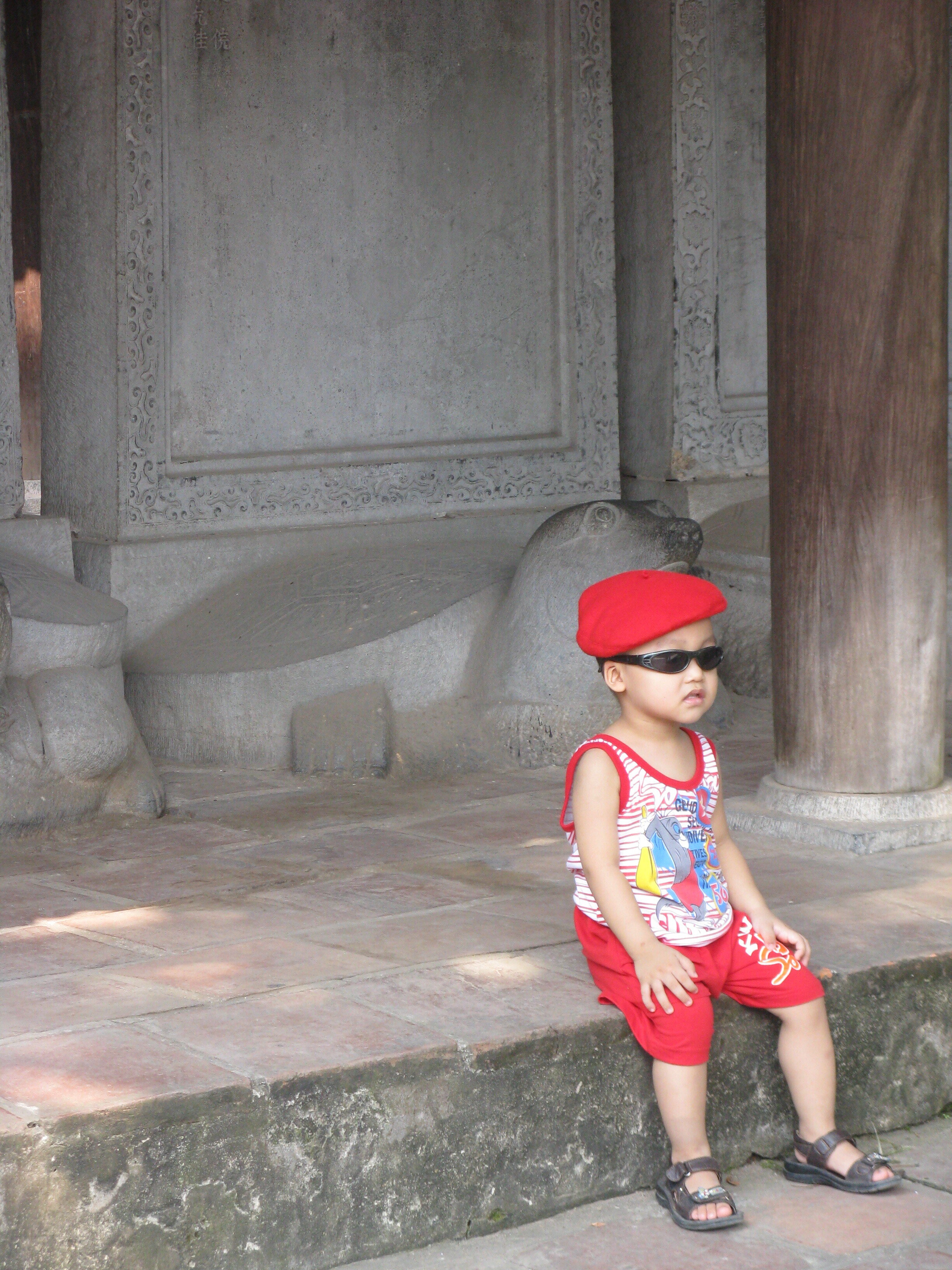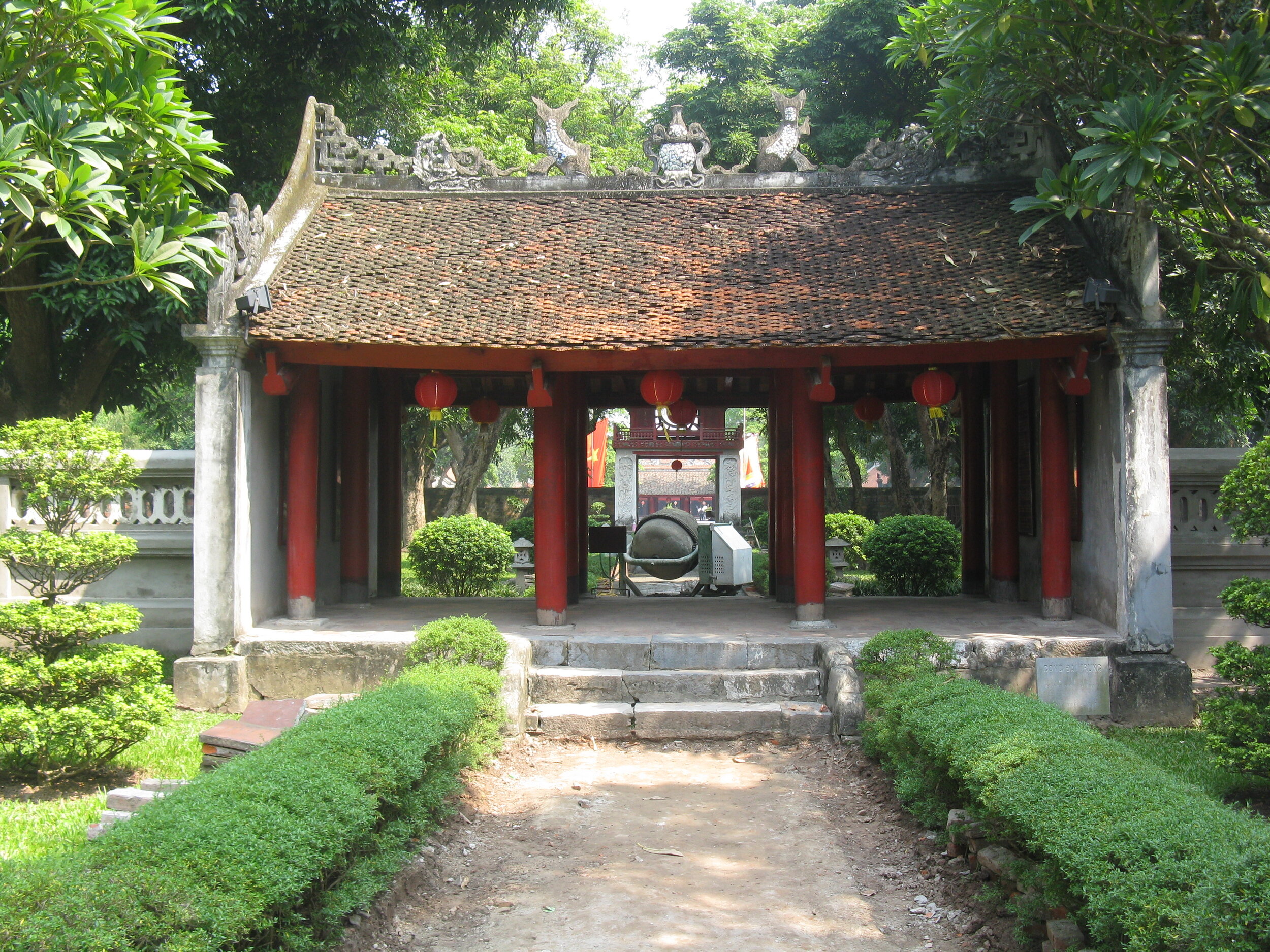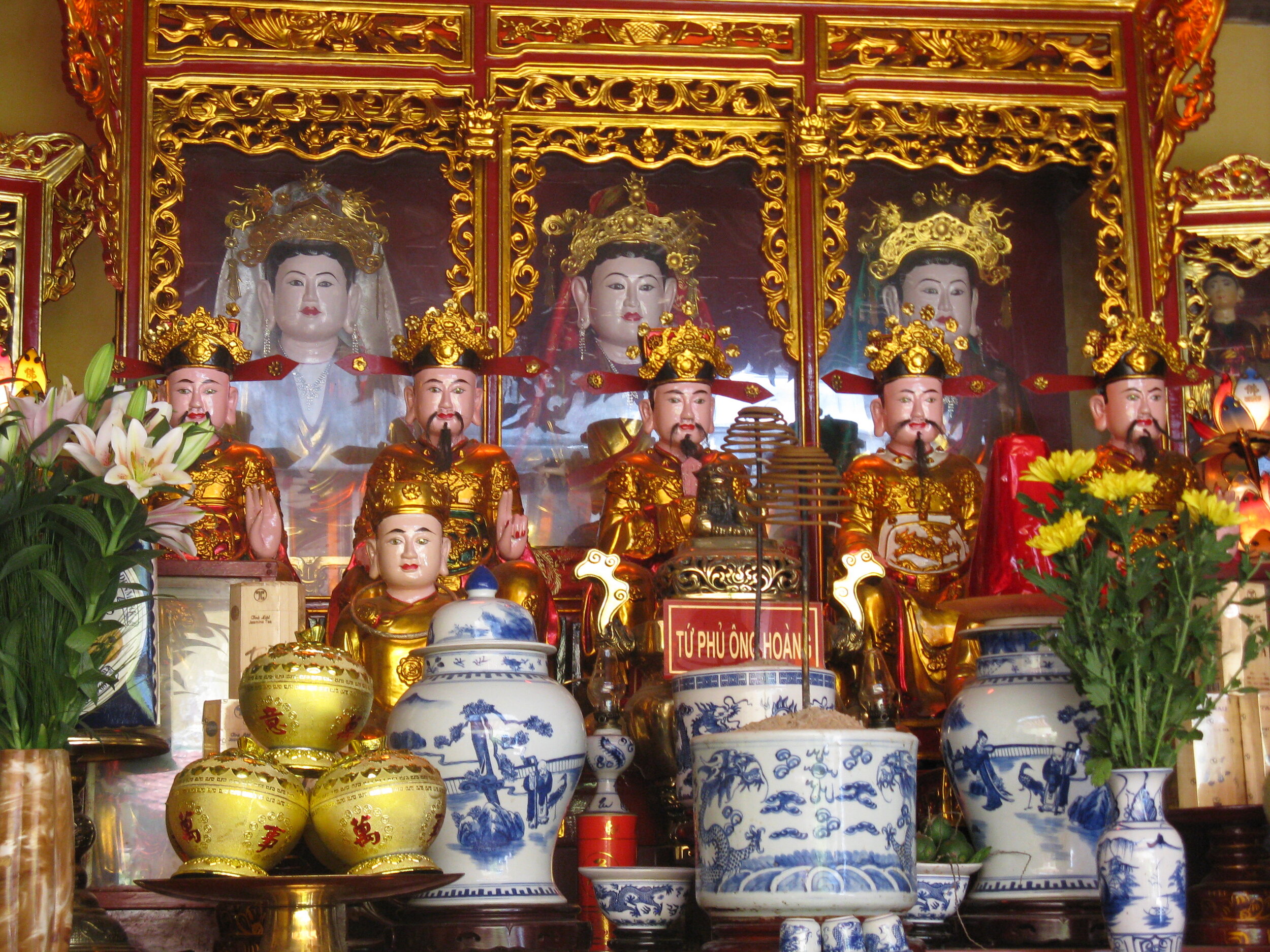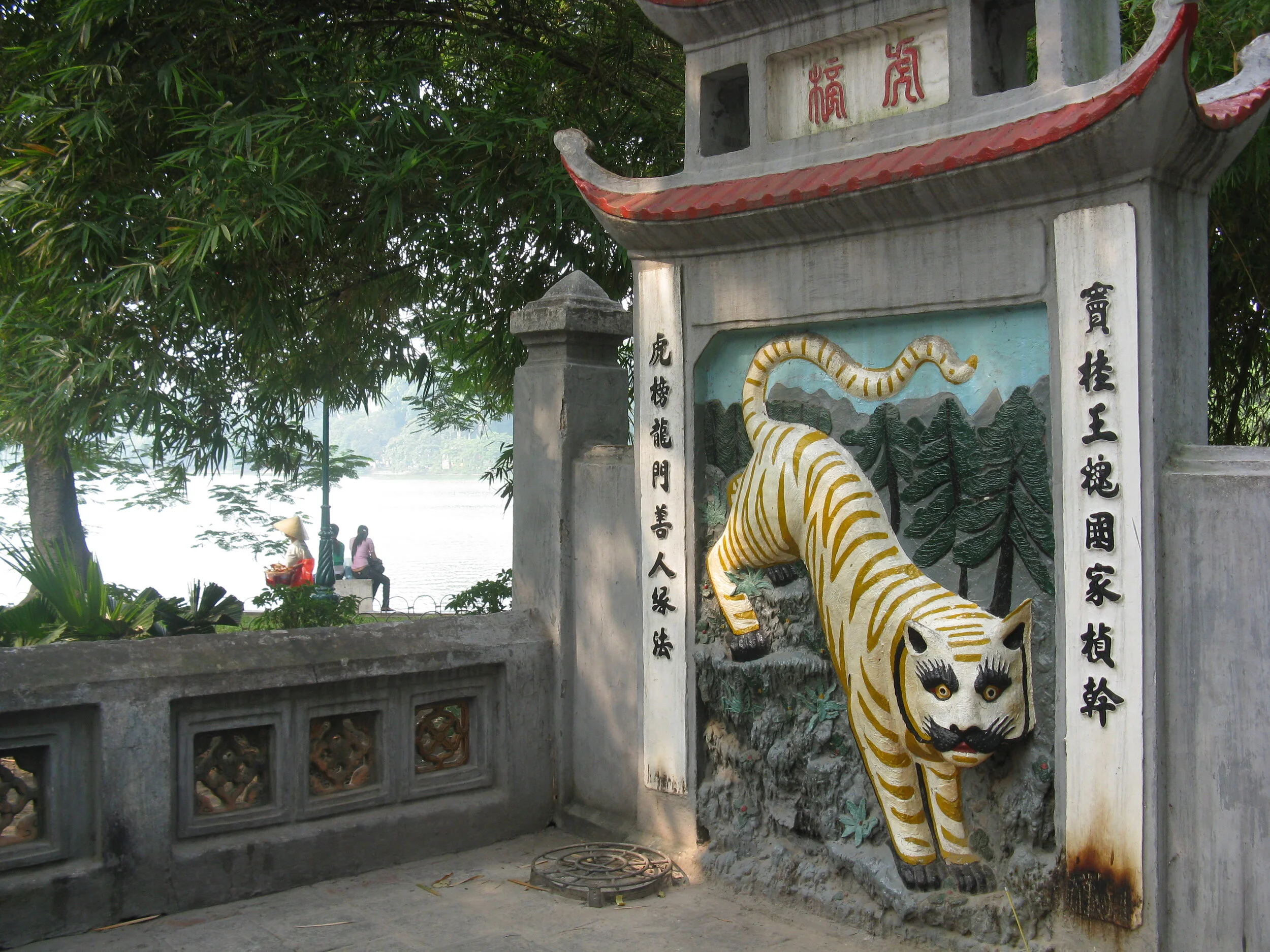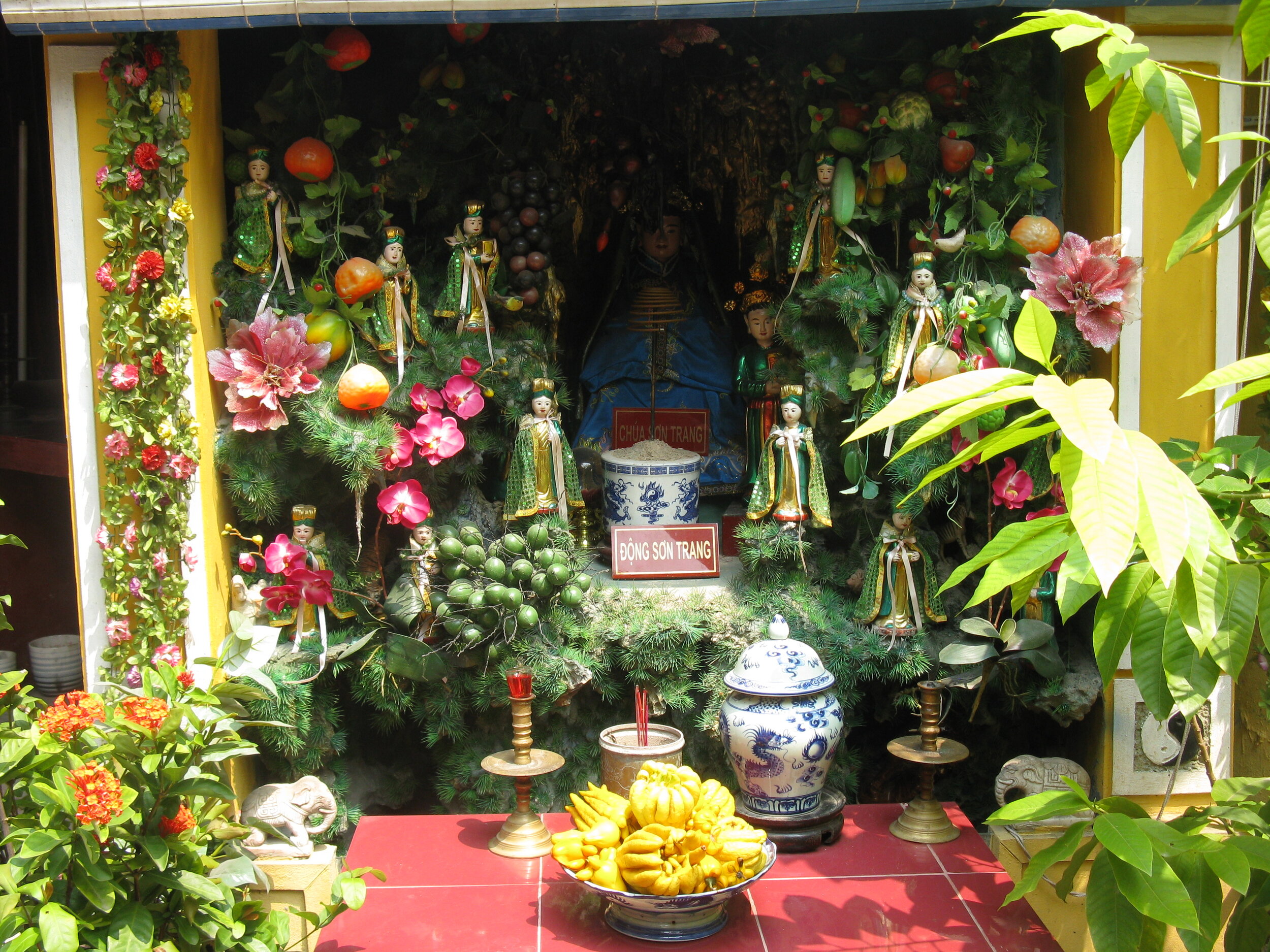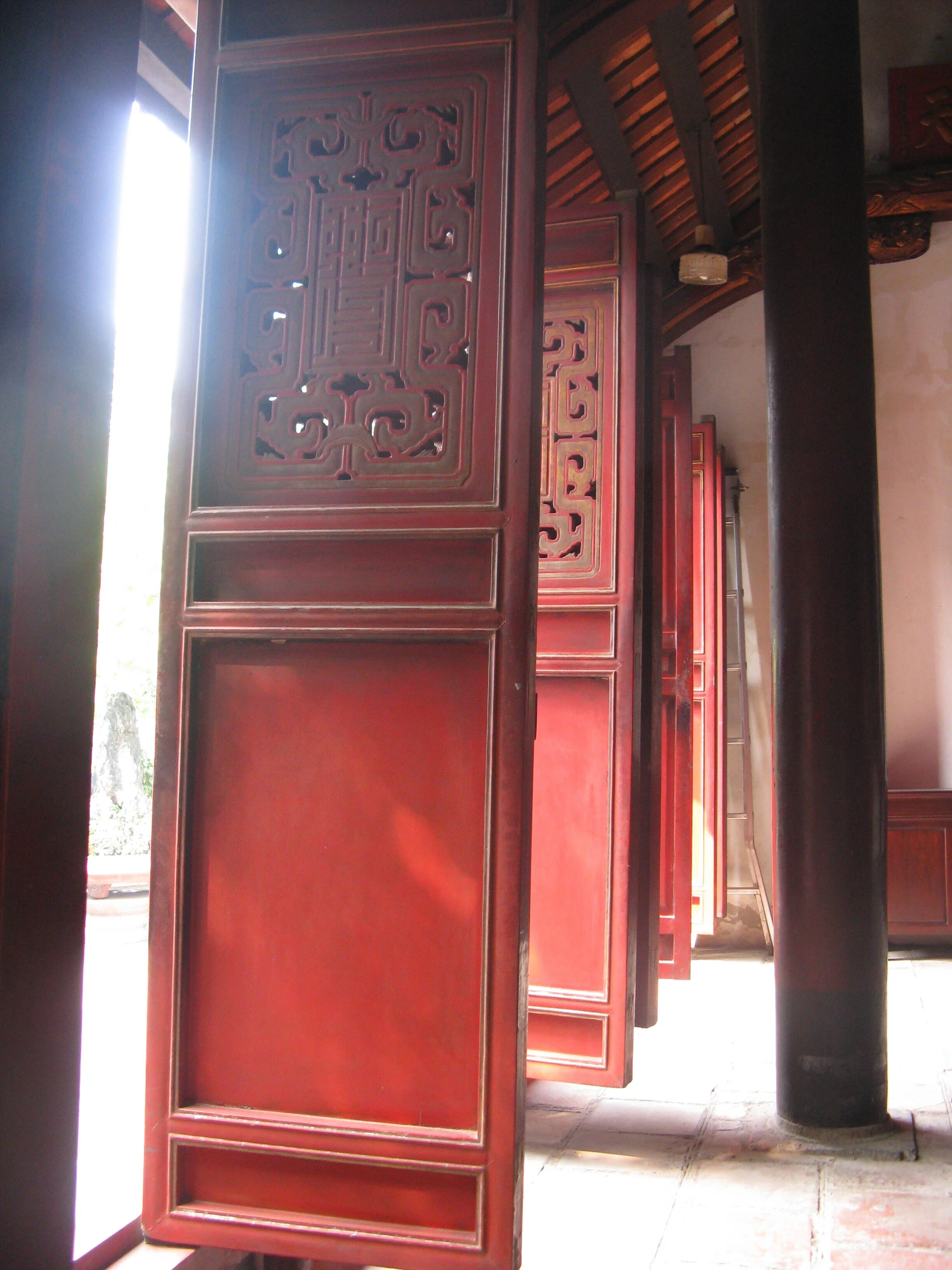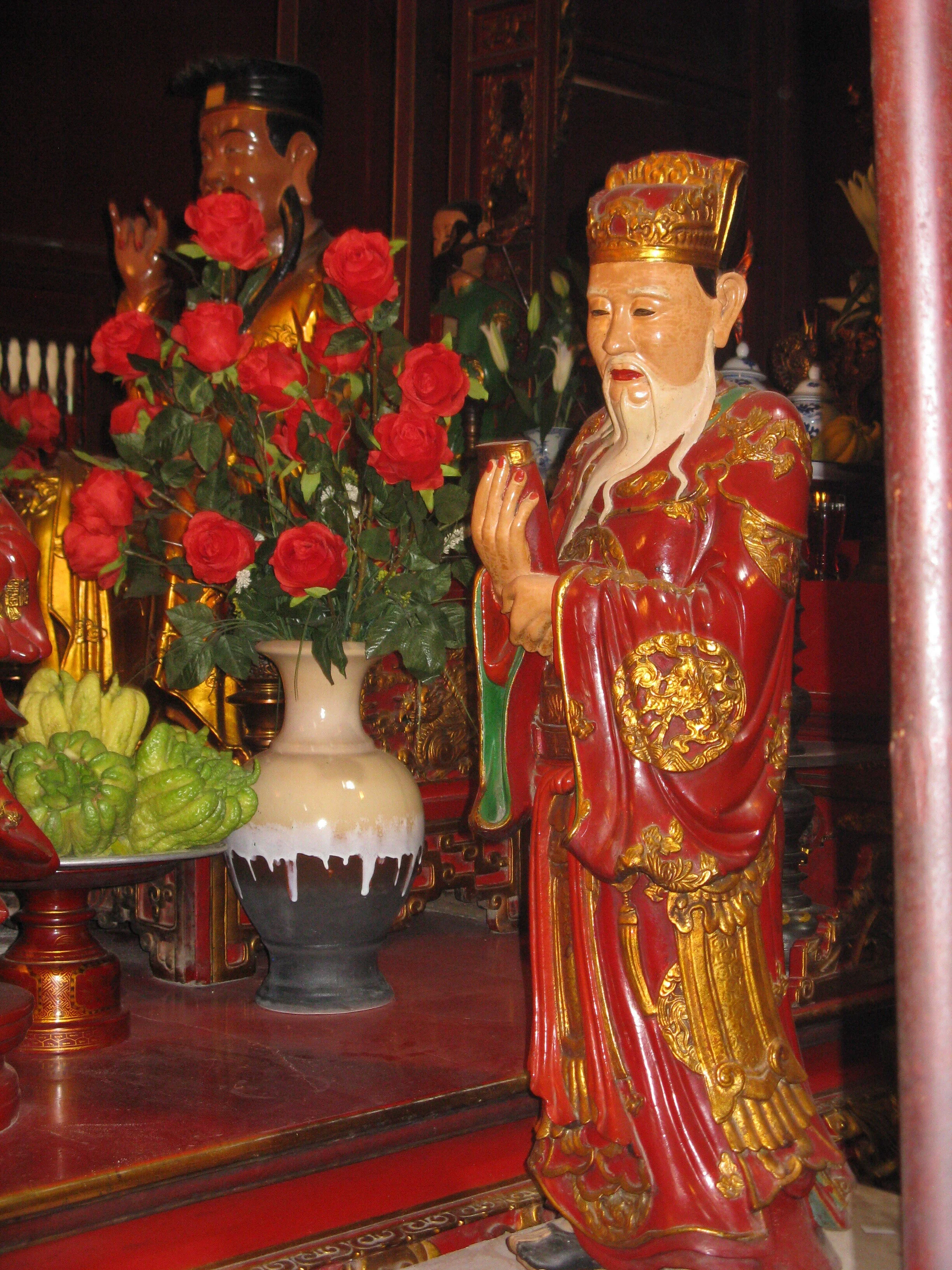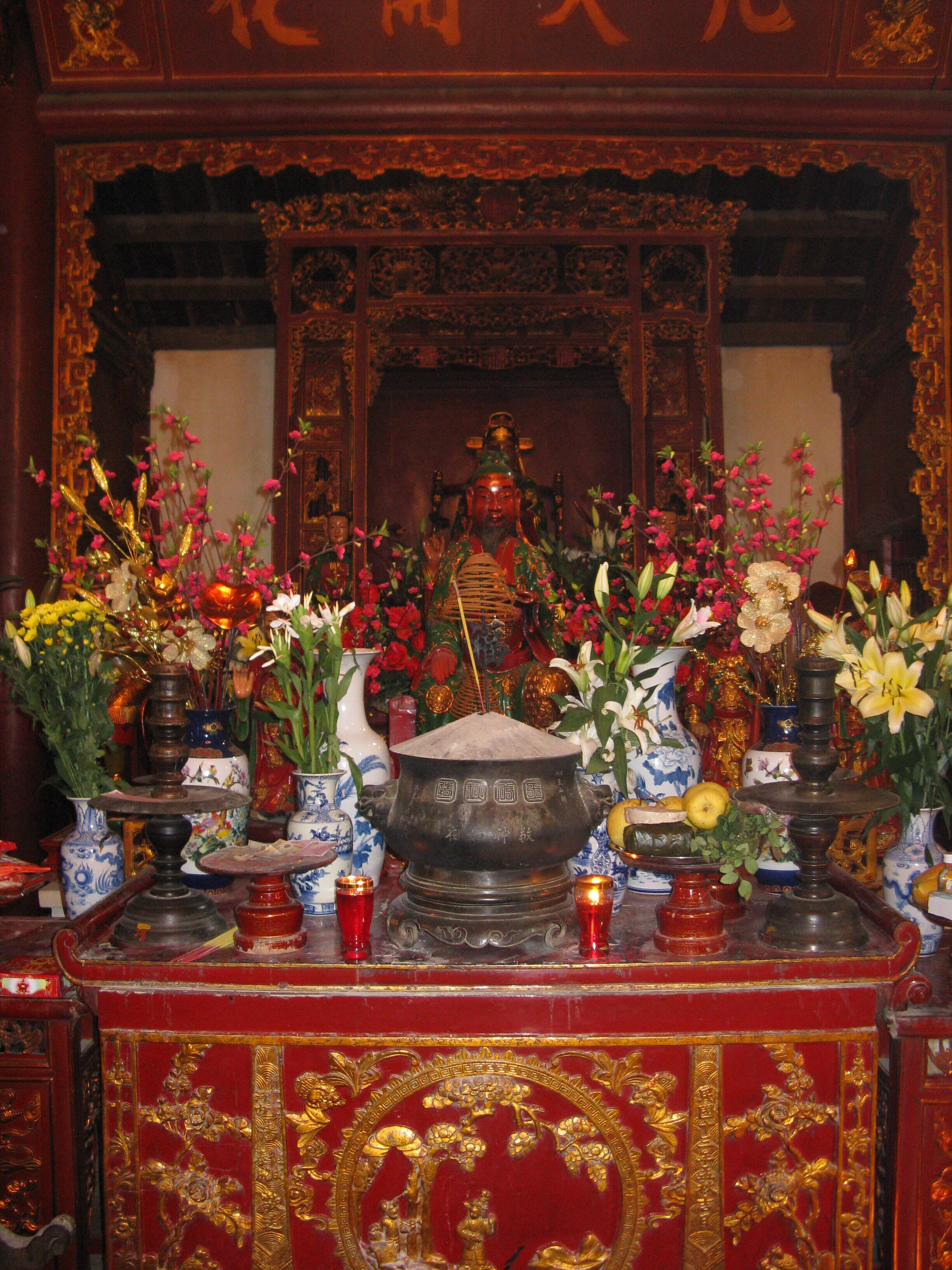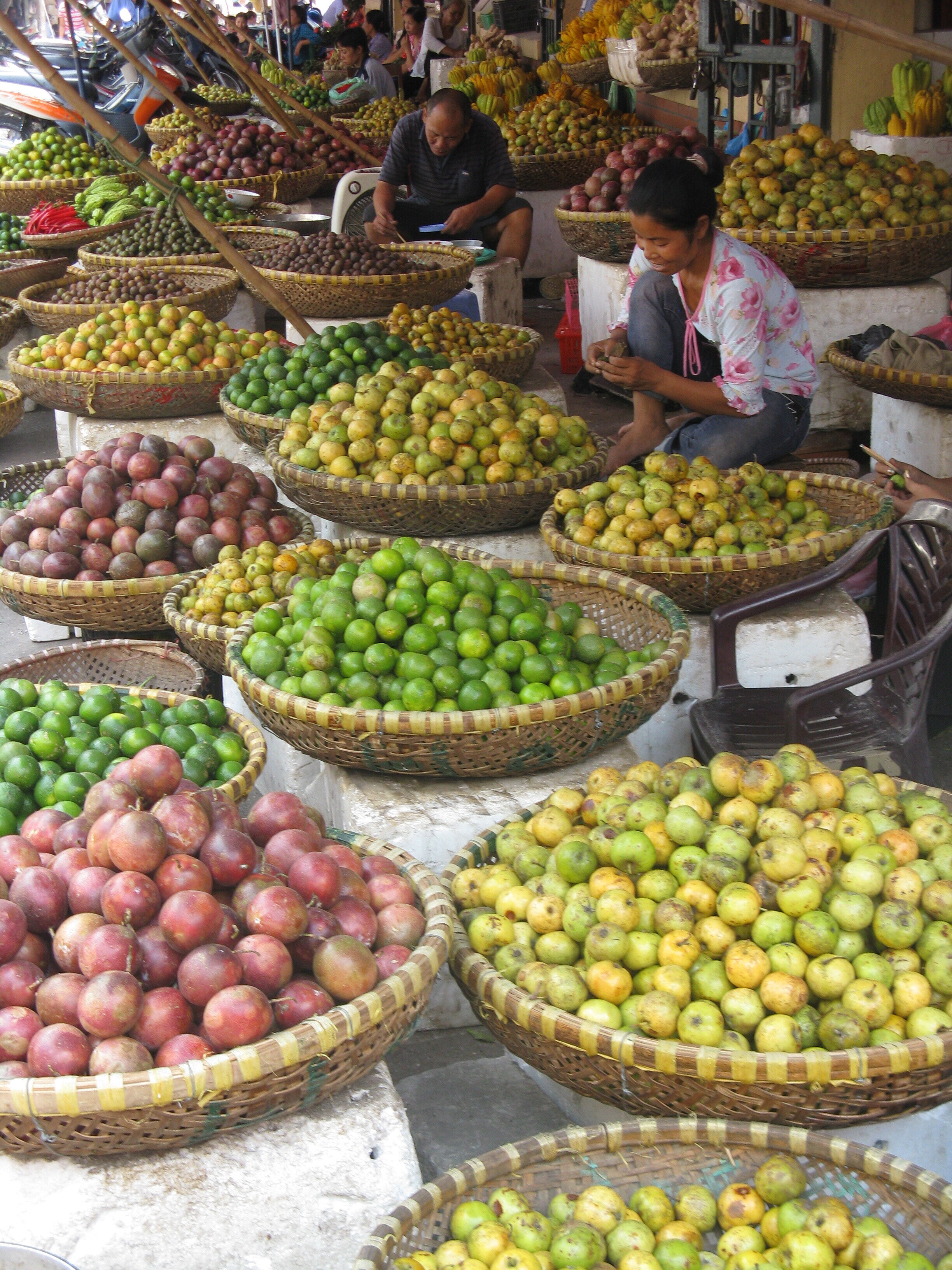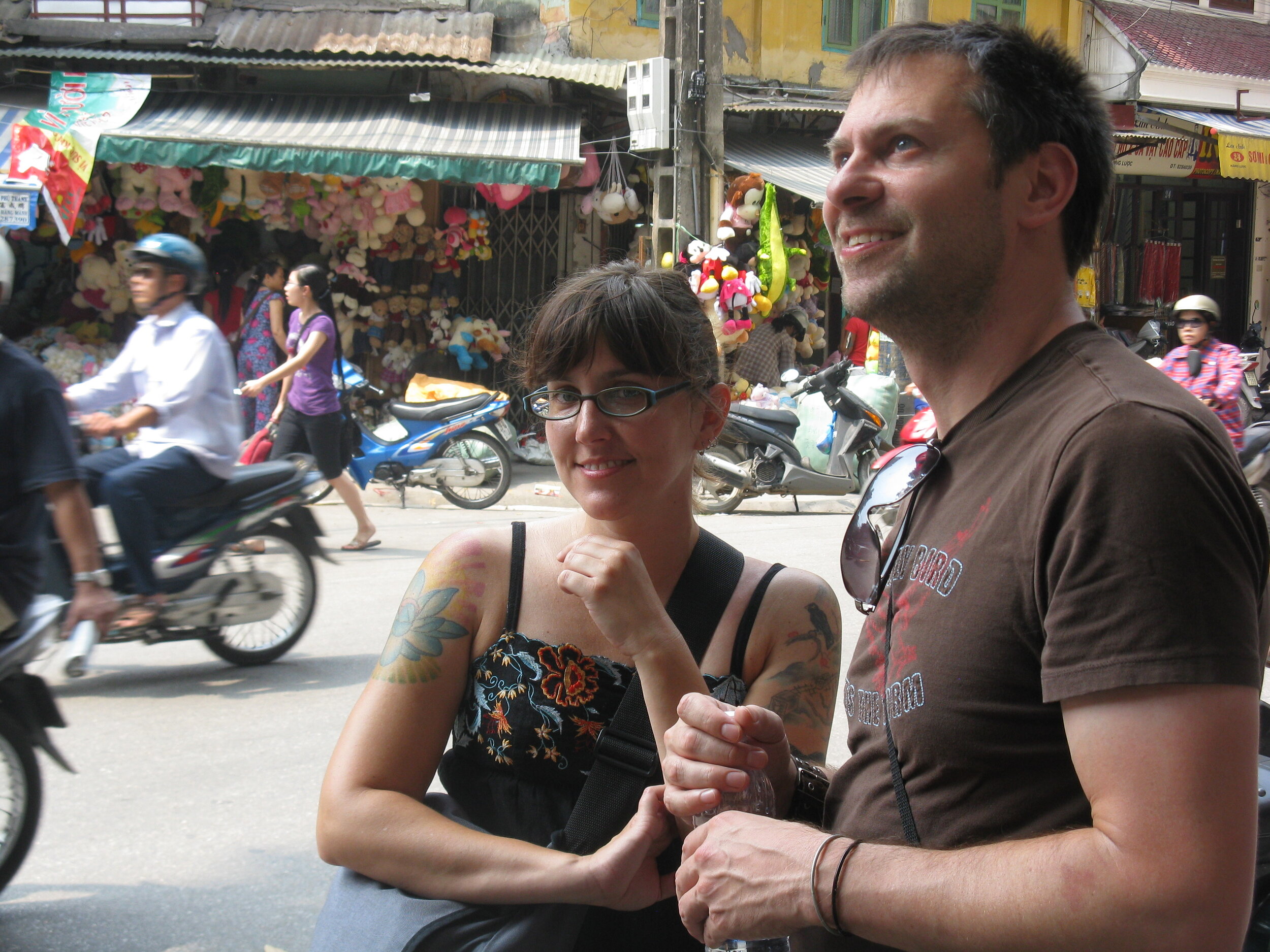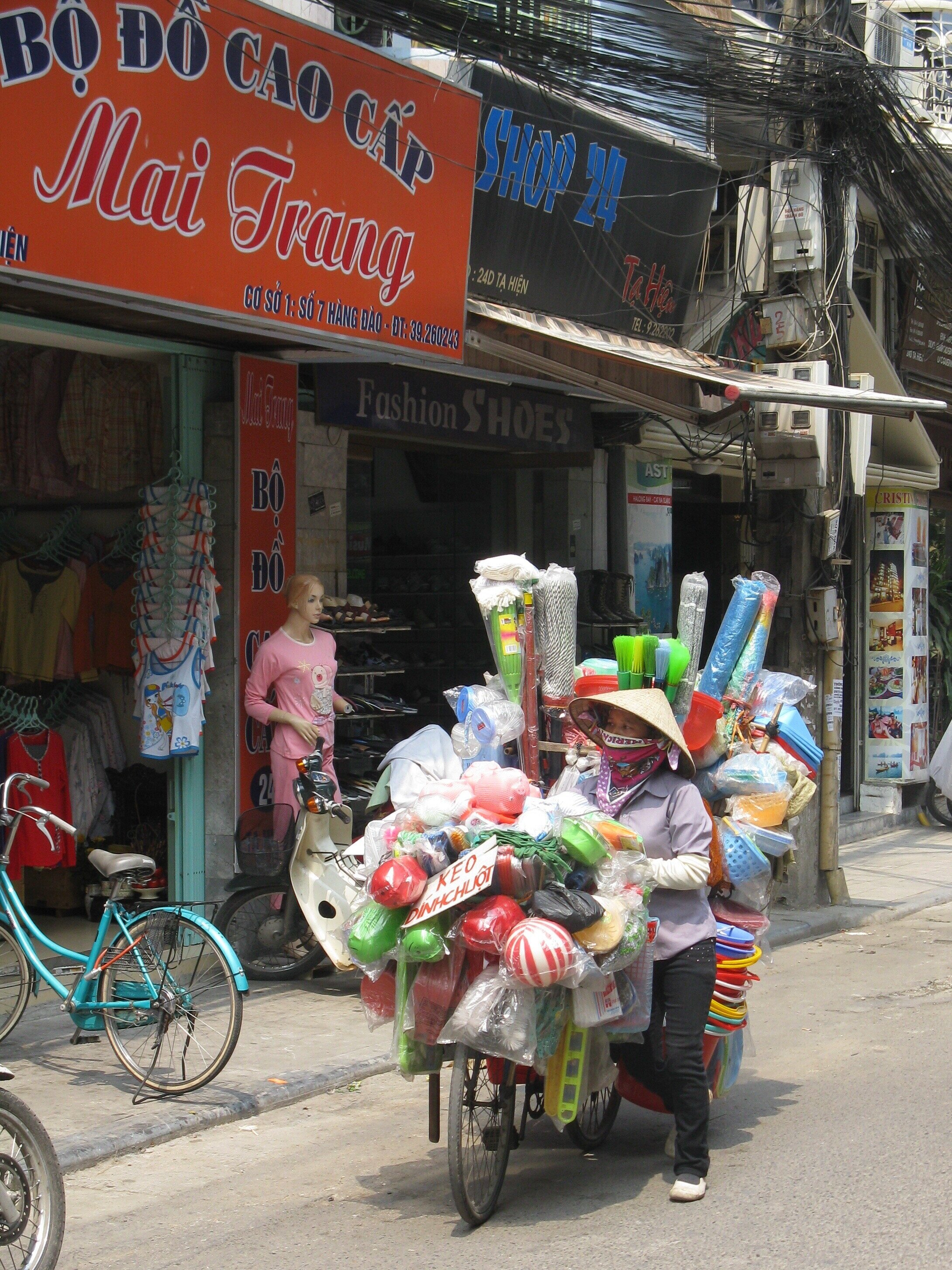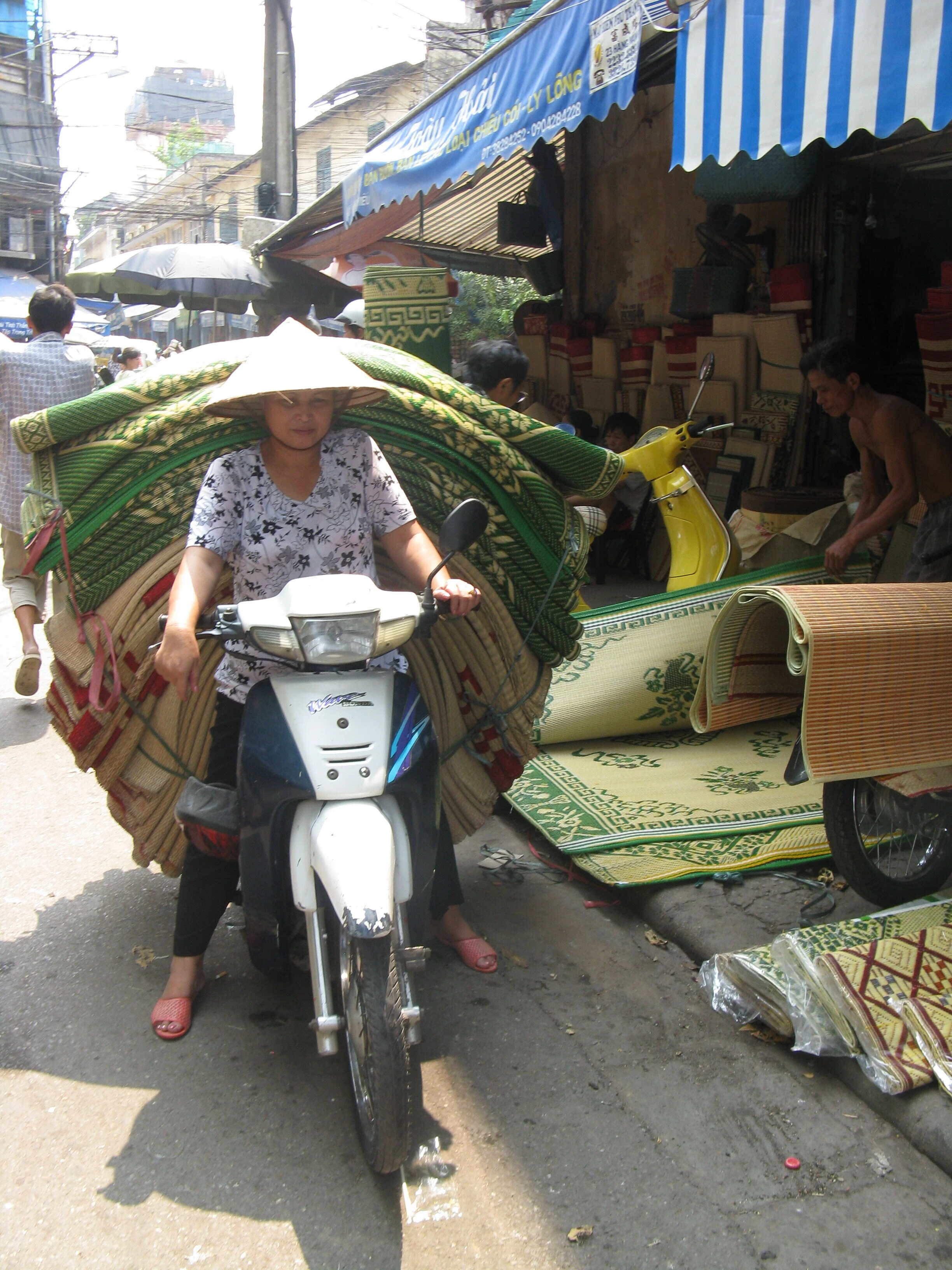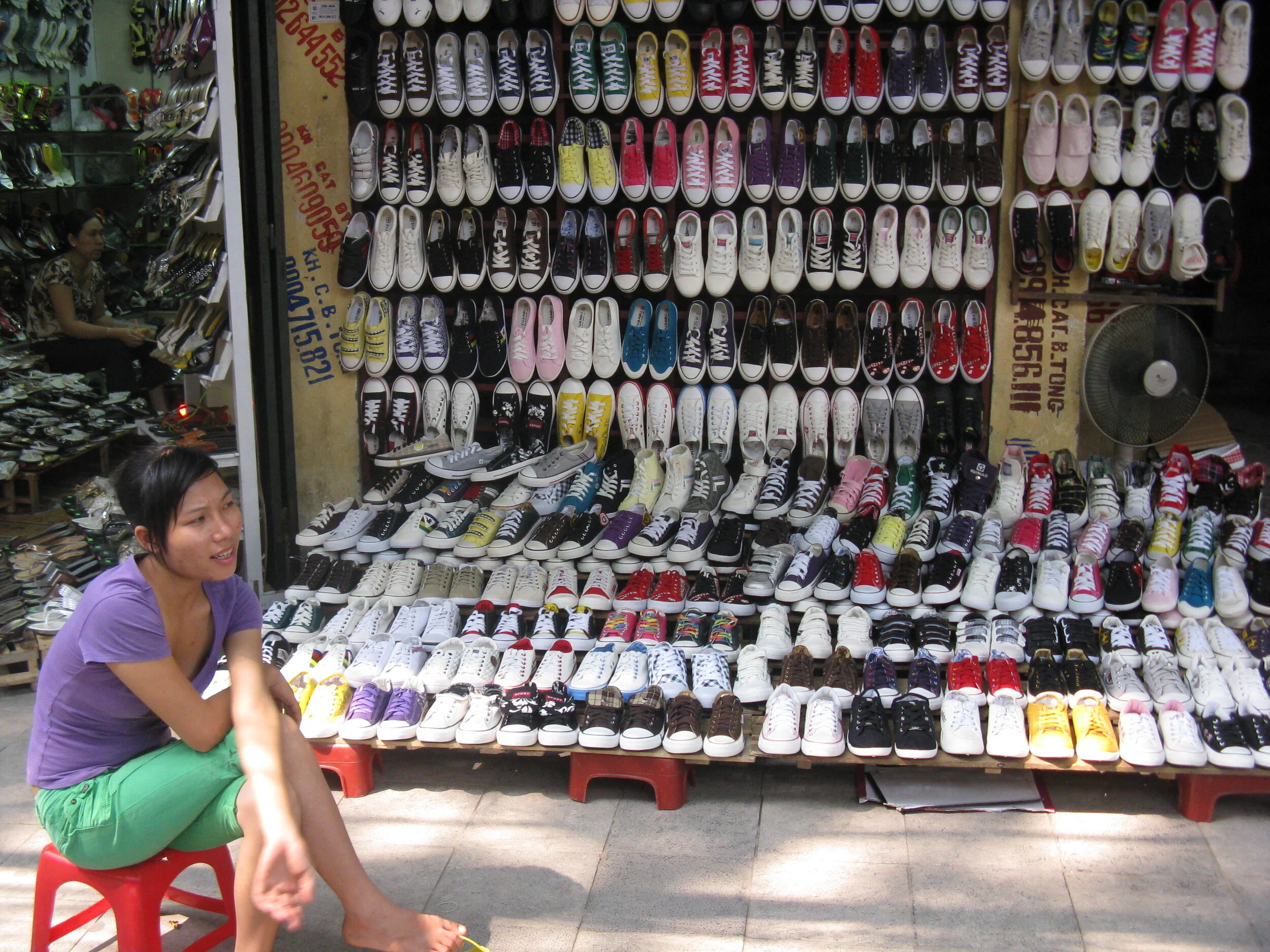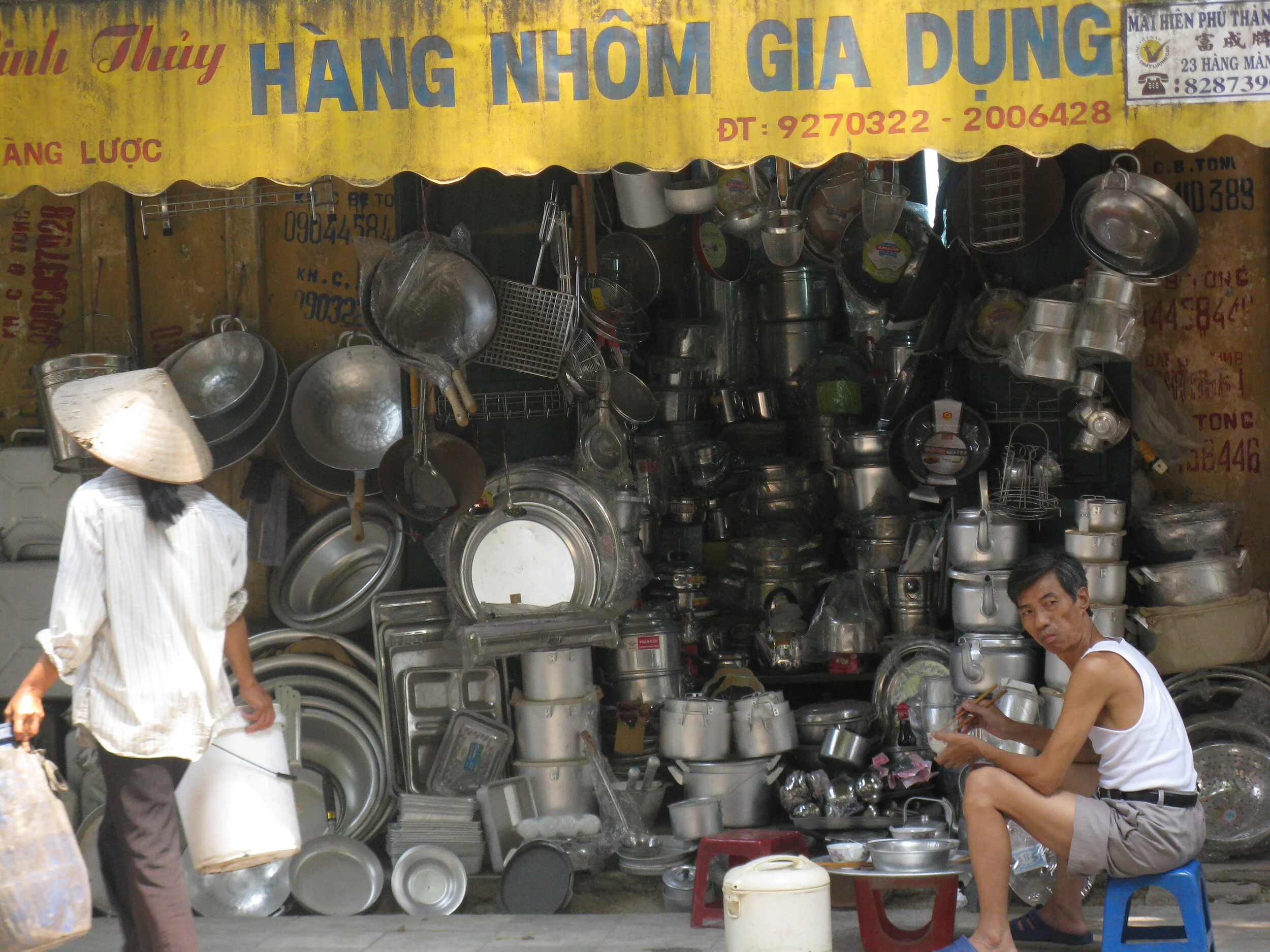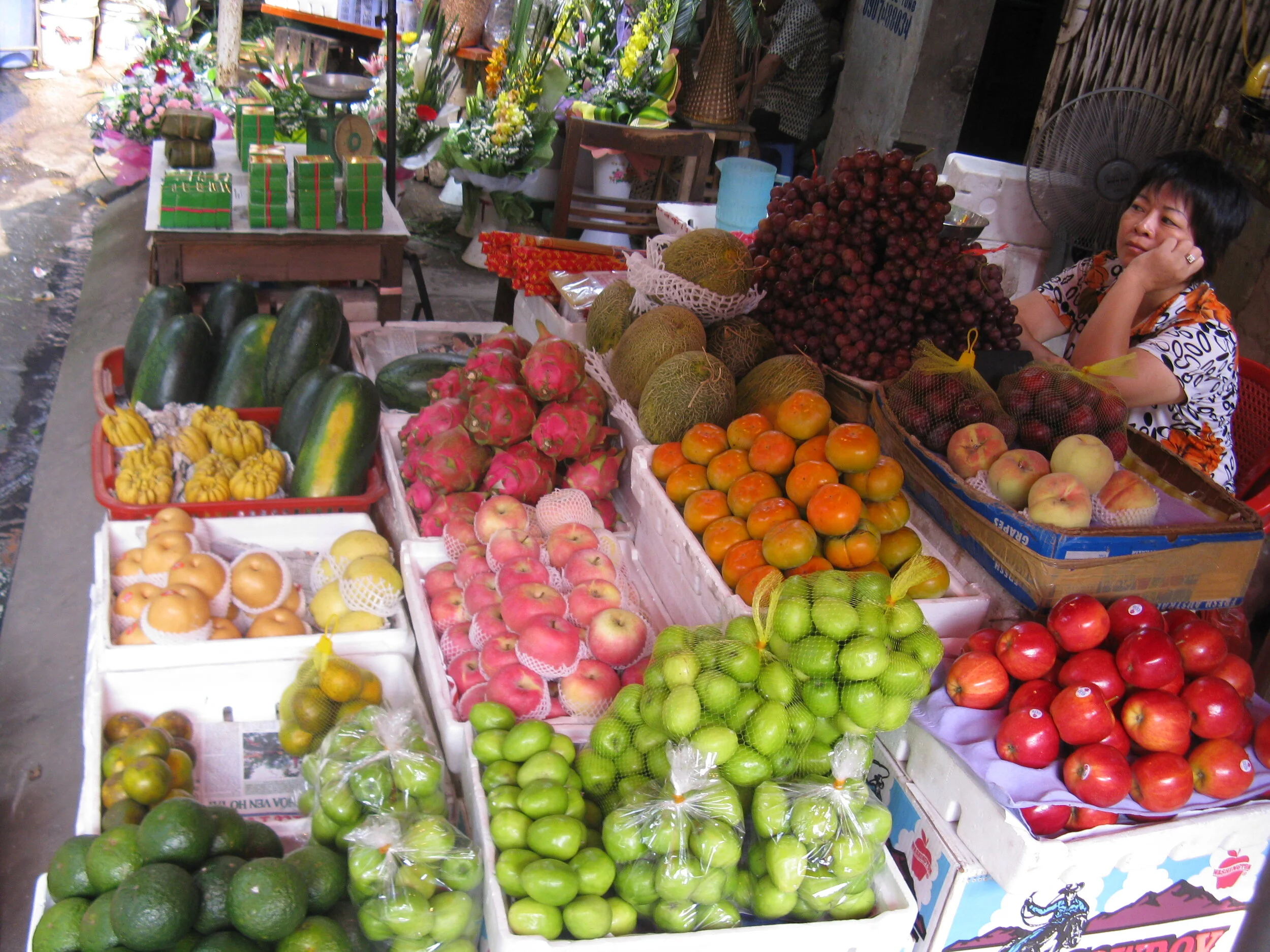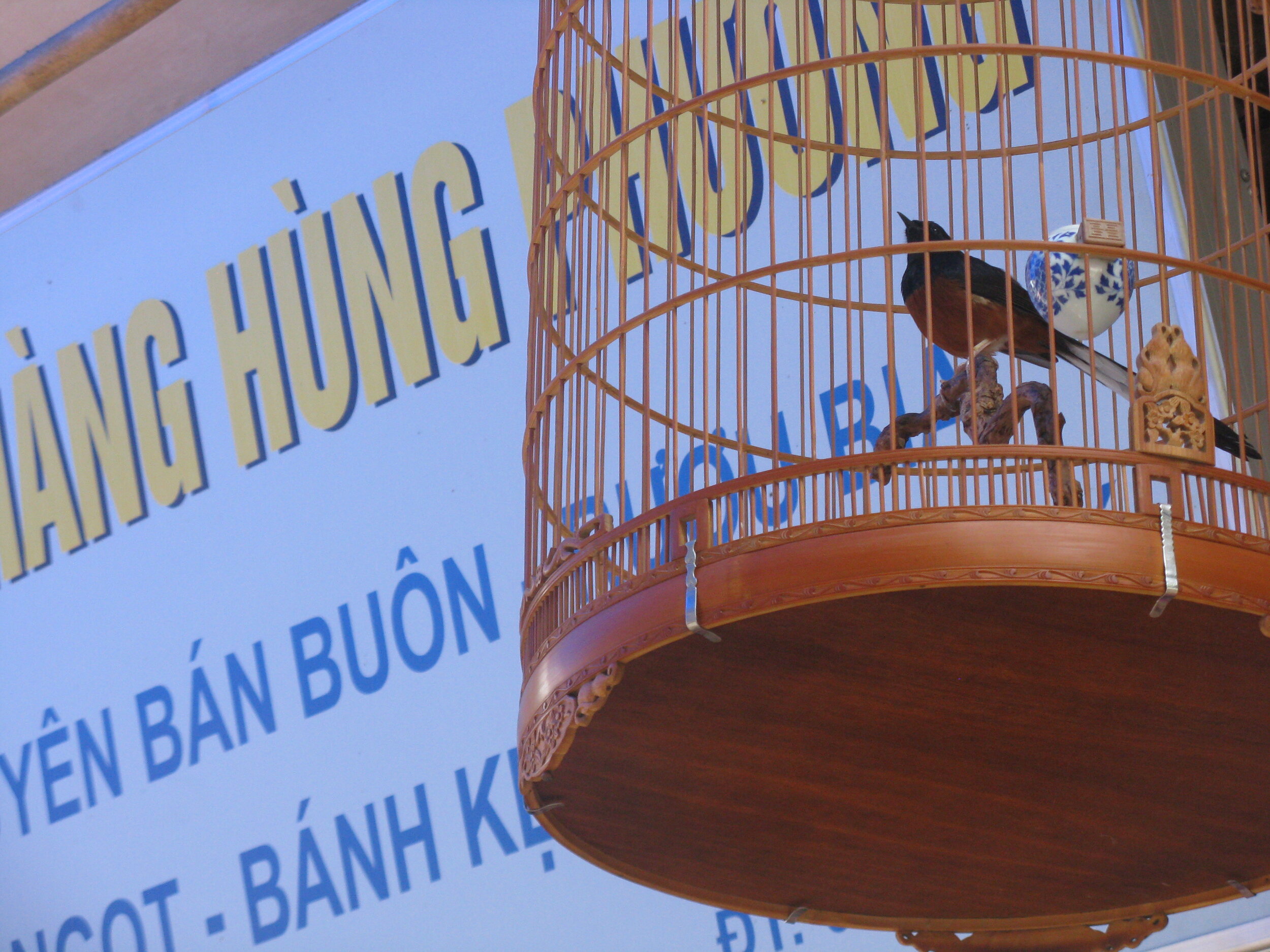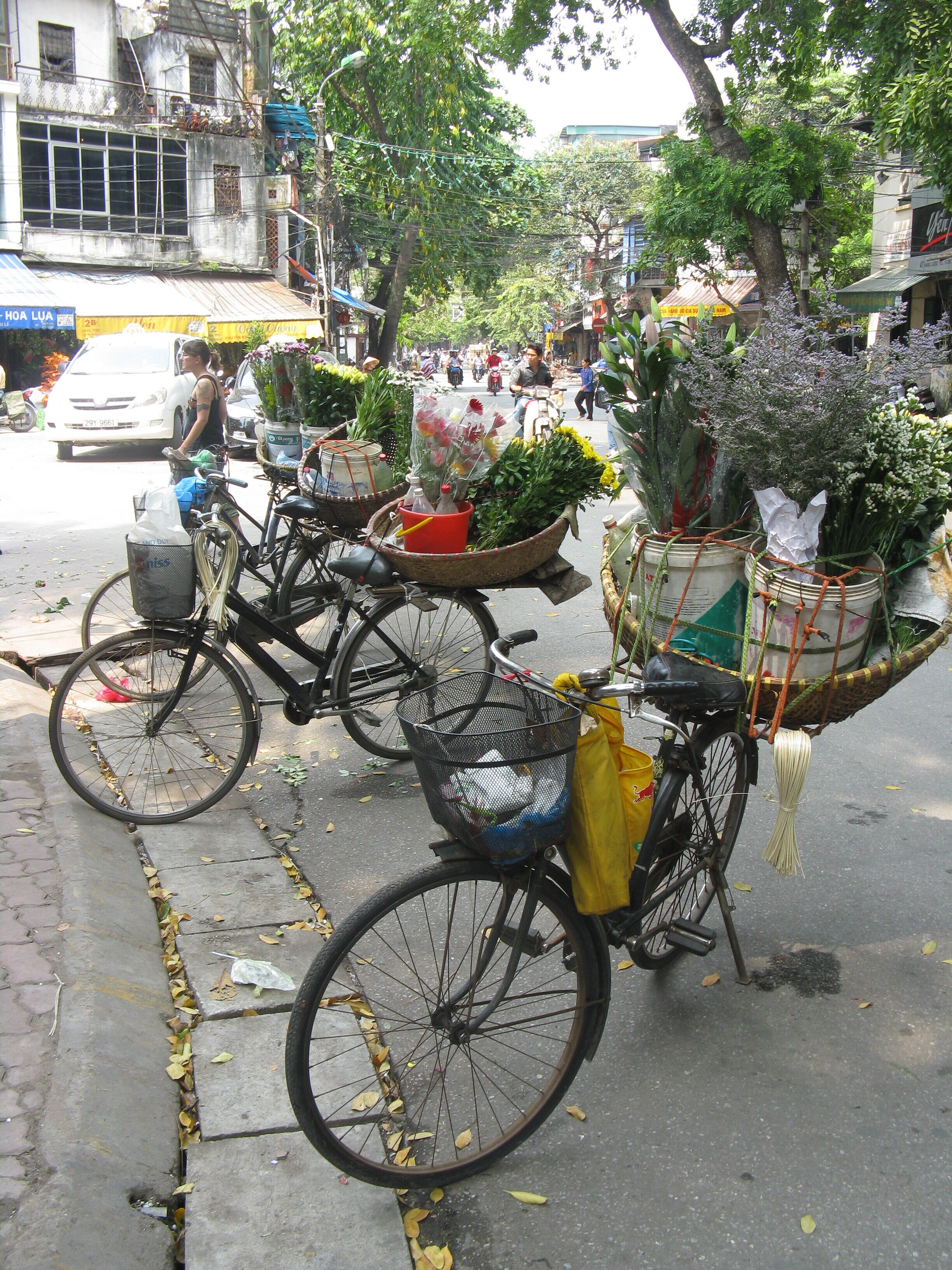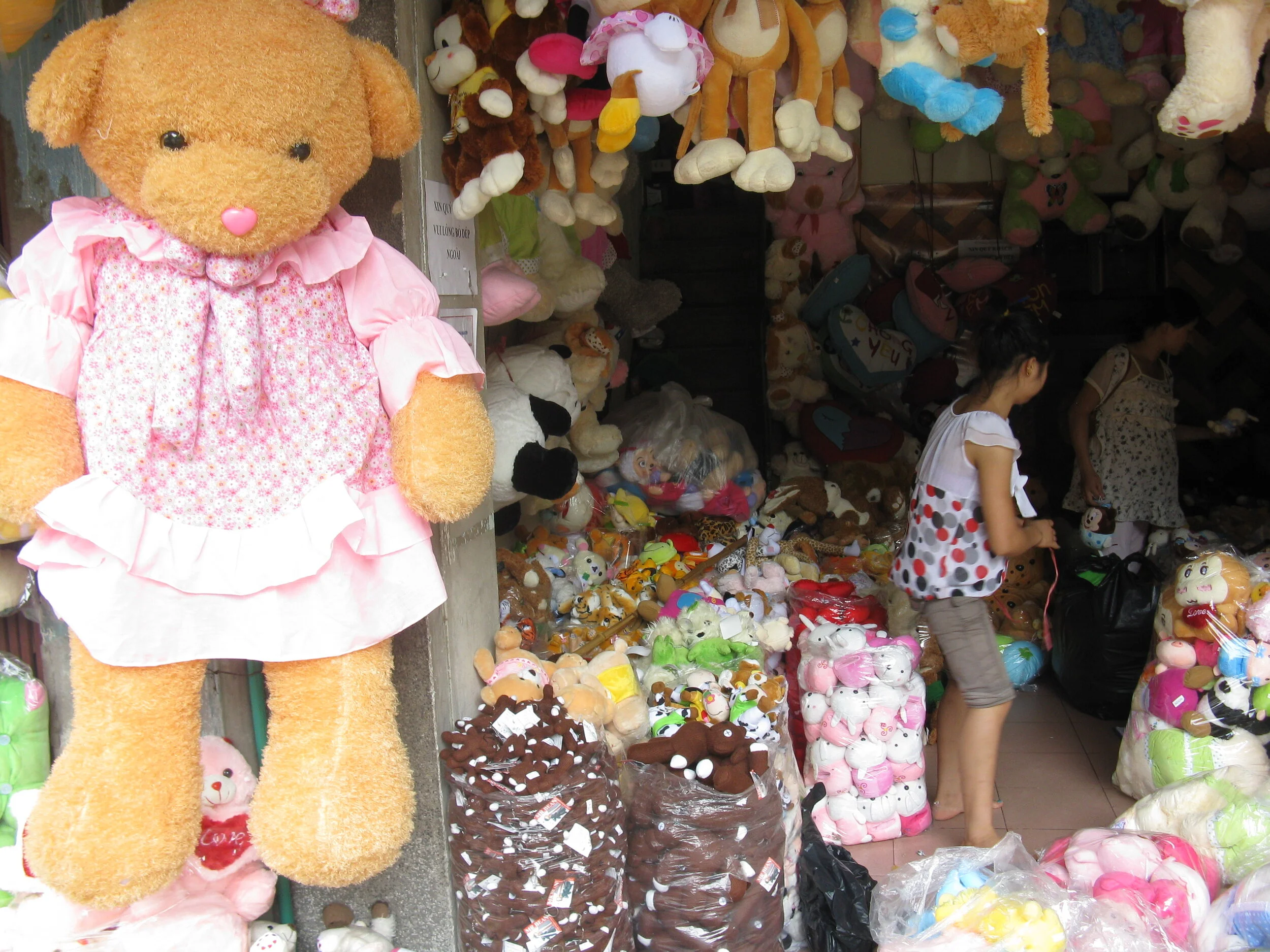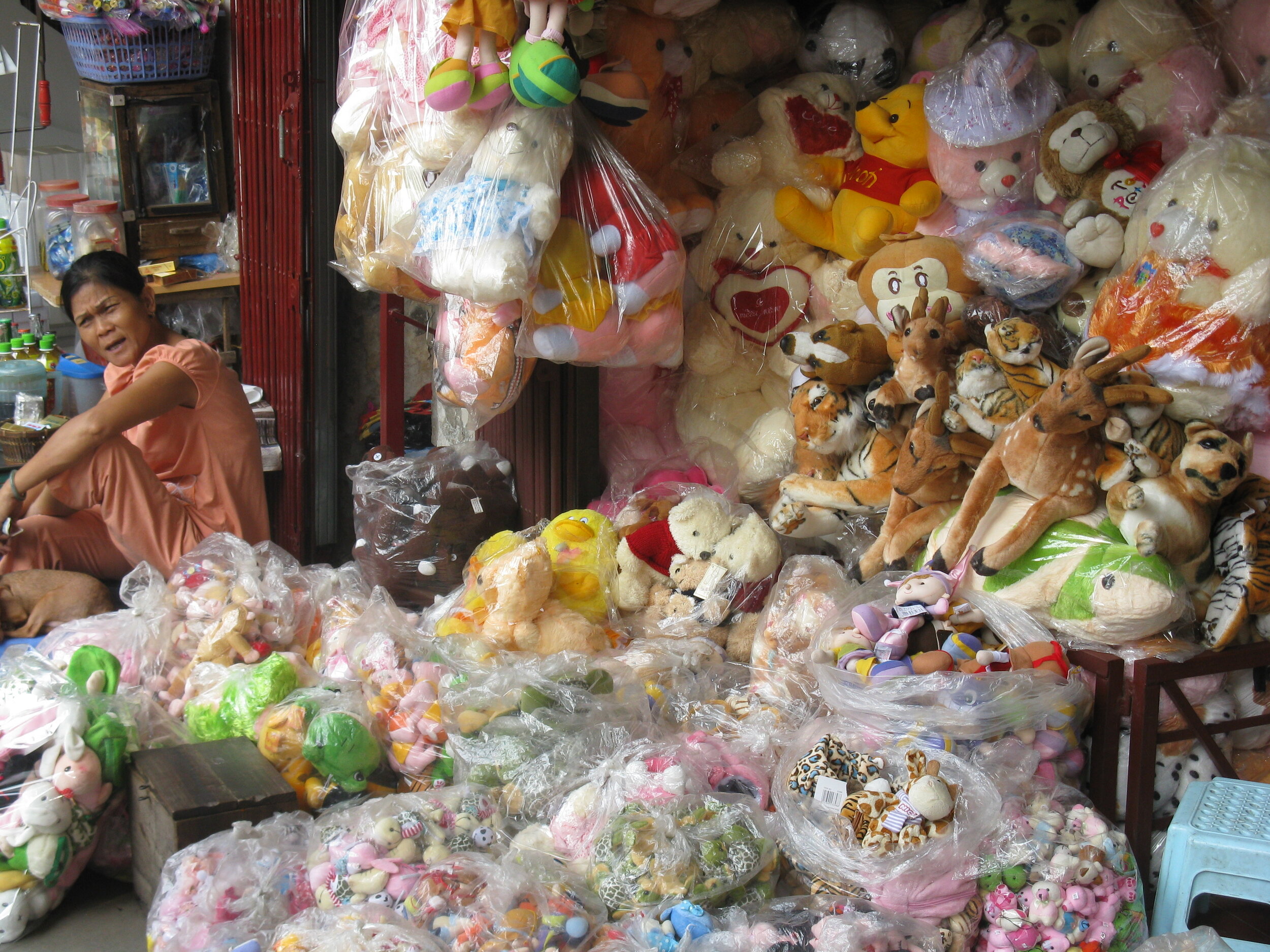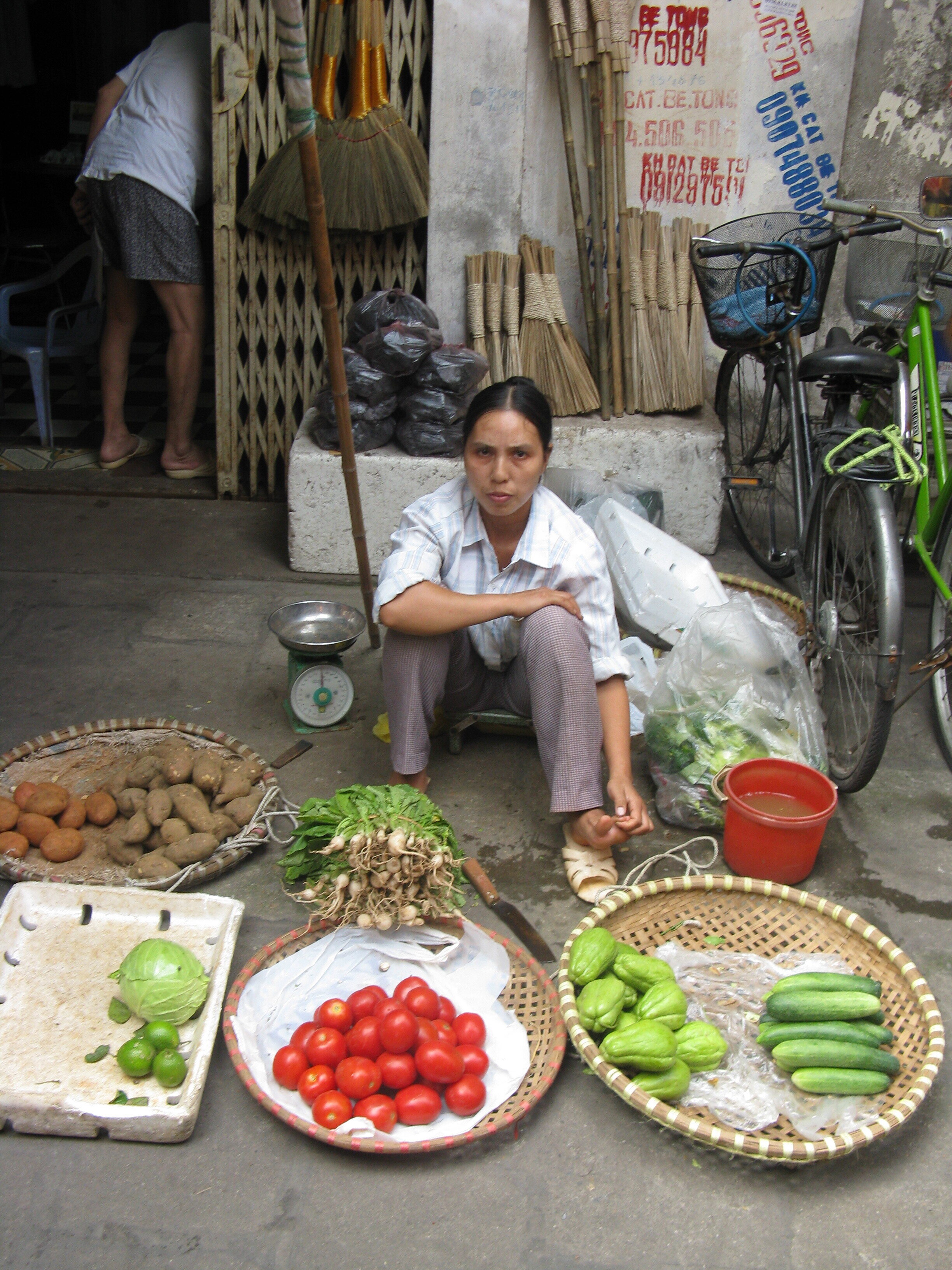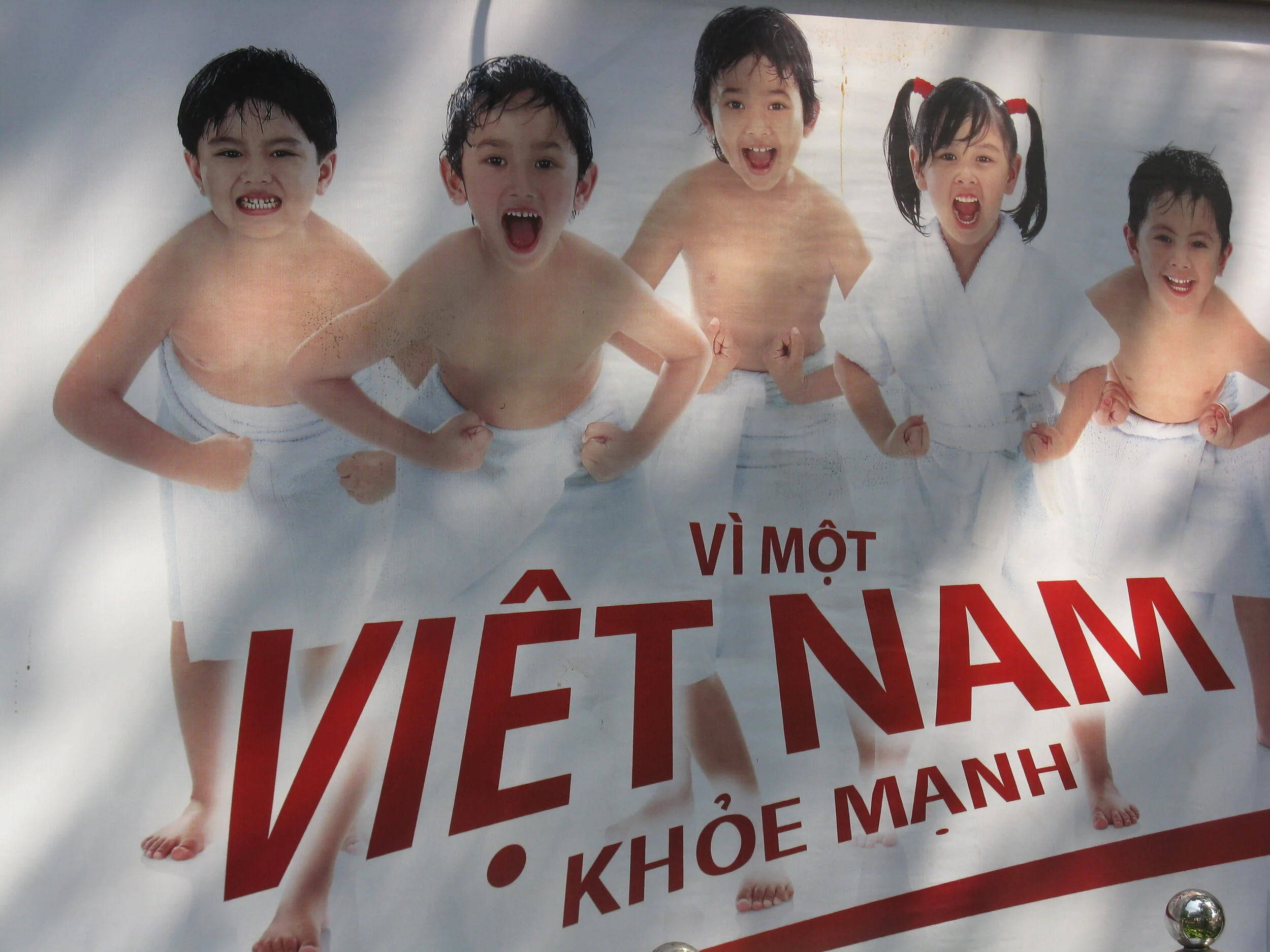The otherworldly Bay of the Descending Dragon and Hang Sung Sot Cave are a don’t-miss day trip from Hanoi.
The boats that ply the waters of Ha Long Bay are modern takes on Chinese junks.
If it hadn’t been for the typhoon, we would never have visited Ha Long Bay.
We were planning on spending a couple of days in Hanoi, then heading down to Central Vietnam to visit Hoi An, which everyone we spoke to gushed about, calling it the prettiest town they’ve been to.
The problem, though, was that a horrific tropical cyclone had swept across from the Philippines, leaving Hoi An 10 feet underwater. Needless to say, we worried a waterlogged town wouldn’t be as charming, so we decided to stay in Hanoi for this portion of our trip.
“I know it sounds as if I’m being overly dramatic, but when we were out there, with no one else in sight, as the deep darkness of nature encroached, we felt utterly helpless.”
We added a day trip to the Perfume Pagoda as well as an overnight boat ride on Ha Long Bay. One look at the pictures of this mystical-looking locale, the rock formations peeking out of the water, wrapped in an ethereal mist, and we were hooked.
Through our hotel, the Prince II in Hanoi’s Old Quarter, we arranged an overnight excursion on Ha Long Bay. The tourist boats that ply the waters are modeled on Chinese junks, with their distinctive sails that unfurl like handheld fans. The real deal once sailed upon the bay.
Duke and Wally were glad that they ended up having more time in Northern Vietnam to take an overnight excursion on Ha Long Bay.
The boat operators assured us we would want a hat to protect us from the sun, so I caved and bought a coppery cowboy hat (a genuine Vietnamese article, I’m sure). I spent much of the second morning on the top deck, writing in my journal and resting with the cowboy hat over my face.
Wally takes a nap on the top deck with his stylin’ new cowboy hat.
Aside from Duke, our travel buddy Vanessa and me, there were two Chinese couples sharing our boat, which had a name that translated to Sea Pearl 6. The one bummer was that they ran out of double berths, so Duke and I had to sleep in a small stateroom with twin beds.
Ahoy, mateys! All aboard the Sea Pearl 6!
Despite there being quite a few other tourboats out on the bay, they disappeared behind the rock outcroppings and it didn’t feel crowded.
Of course we kept singing a riff on the U2 song: “Ha Long… Ha Long must we sing this song?”
Now and then, a woman in a rowboat loaded up with snacks would pull up alongside our boat, calling out, “Coca Cola! Snickers! Coca Cola! Snickers!” This became another refrain of the trip.
The rocks that dot the bay are said to be the undulating body of a dragon, peeking up from the depths.
The Legend of Ha Long Bay
As with many Vietnamese words, the bay is spelled variably as two words or mushed together as Halong. (In fact, the official name of the country is Việt Nam.)
Ha Long means “Dragon Descending,” and our guide told us how a dragon came down from the sky, plunging into the Gulf of Tonkin. Some of the numerous islets were formed when it lashed its tail, and others are its offspring, peeking their undulating bodies out of the water.
Although we didn’t spot anyone with scales or tails, the Vietnamese people believe themselves to be descended from dragons.
Others tell a version of the legend of Ha Long Bay that’s more elaborate.
No matter its origin, there’s something otherworldly about this bay of over 1,000 small limestone islands. Despite the jagged formations, greenery somehow finds a way to root itself, covering the outcroppings and helping with the illusion that these are humps of a snakelike dragon’s body.
Wally and Vanessa pretend to be in a Scooby-Doo episode as they descend into Hang Sung Sot, the Cave of Surprises.
Hang Sung Sot, the Cave of Surprises — and Its Cock Rock
Our first stop on the trip was to a massive cave complex, Hang Sung Sot, which translates as Most Surprising Cave or Cave of Surprises. It got its name from what the French called the island, Île de la Surprise.
Duke and Wally, sweaty but happy, in the massive cave complex in Ha Long Bay
Ladies and gentlemen, the fantastical fertility phallus, the legendary Cock Rock!
It was immense, like a theme park ride, and puts other caves I’ve explored to shame. We wandered through three chambers of karst, or eroded limestone, lit up with colored lights. The highlight was a rock formation undeniably shaped like a glowing pinkish orange erection. Not surprisingly, locals believe this phallic formation possesses powers of fertility.
The bay is mostly empty, aside from tourboats and the odd floating structure.
Nearly Killed in a Kayak
We stopped at the local “village” — really just a series of wooden pallets floating on the water, supporting small structures, painted happy shades of blue or yellow, where you could buy supplies. There were square sections in one section of the village that were used as mini-ponds to raise fish.
A waterborne snack vessel alongside tourboats for daytrippers
We rented kayaks here and headed off for an adventure. Duke and I decided that we’d do a two-seater, which turned out to be a complete mistake. We just couldn’t get into a rhythm and kept going off course.
Utterly frustrated, I muttered, “We’d be terrible on The Amazing Race. Next time we get our own kayaks.”
We stopped at a floating “village” to get snacks and to take kayaks out for a fateful excursion.
At first our entire group was in the same vicinity, but Duke and I went off to explore a sea cave, and by the time we turned around, everyone else was gone. At this point, the sun was setting, and instead of admiring its golden orange and rose hues, we started to panic. Everywhere we looked, we saw the small islands that dot the bay — but our boat was nowhere in sight. We felt exposed. One tip and we’d be in the water. Even though we were surrounded by the karst islets, they were so jagged and steep, we’d never be able to climb onto one.
As the sky darkened and my blood pressure rose, we rounded a small island and spotted a vessel in the distance.
“We’re heading to that boat, whether it’s ours or not,” I declared. “If it’s not, they can take us to ours.”
We did our best to paddle as quickly as possible toward the junk boat, and relief flooded over us as we recognized the Sea Pearl 6, with Vanessa standing on deck. It was all a bit too close for comfort, and we wished one of the crew had remained with us to help ensure our safety. (Or maybe we were just a bad combination of inept and irresponsible.)
I know it sounds as if I’m being overly dramatic, but when we were out there, with no one else in sight, as the deep darkness of nature encroached, we felt utterly helpless.
In the morning, mist covered the bay, and Wally went on deck to write in his journal.
Duke is much more relaxed after the death-defying adventure of the night before.
Vanessa hangs out on the aft deck, admiring the view.
Despite our near-death experience, I’m sure the Mother Dragon would have protected us. And while we were sad to miss out on the much-gushed-about village of Hoi An, we were happy to have had some extra time in Hanoi to experience the magic of this unforgettable bay. –Wally



